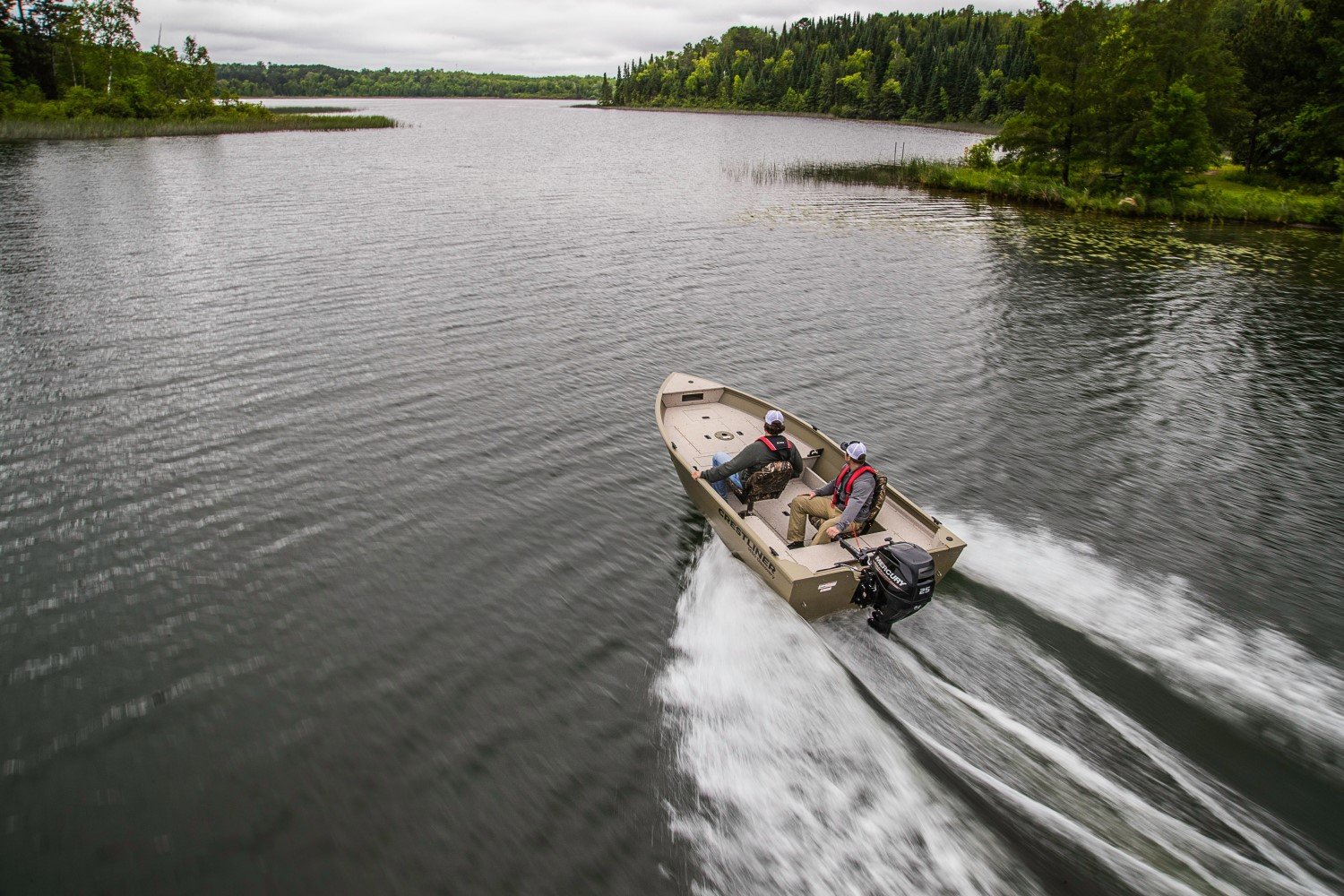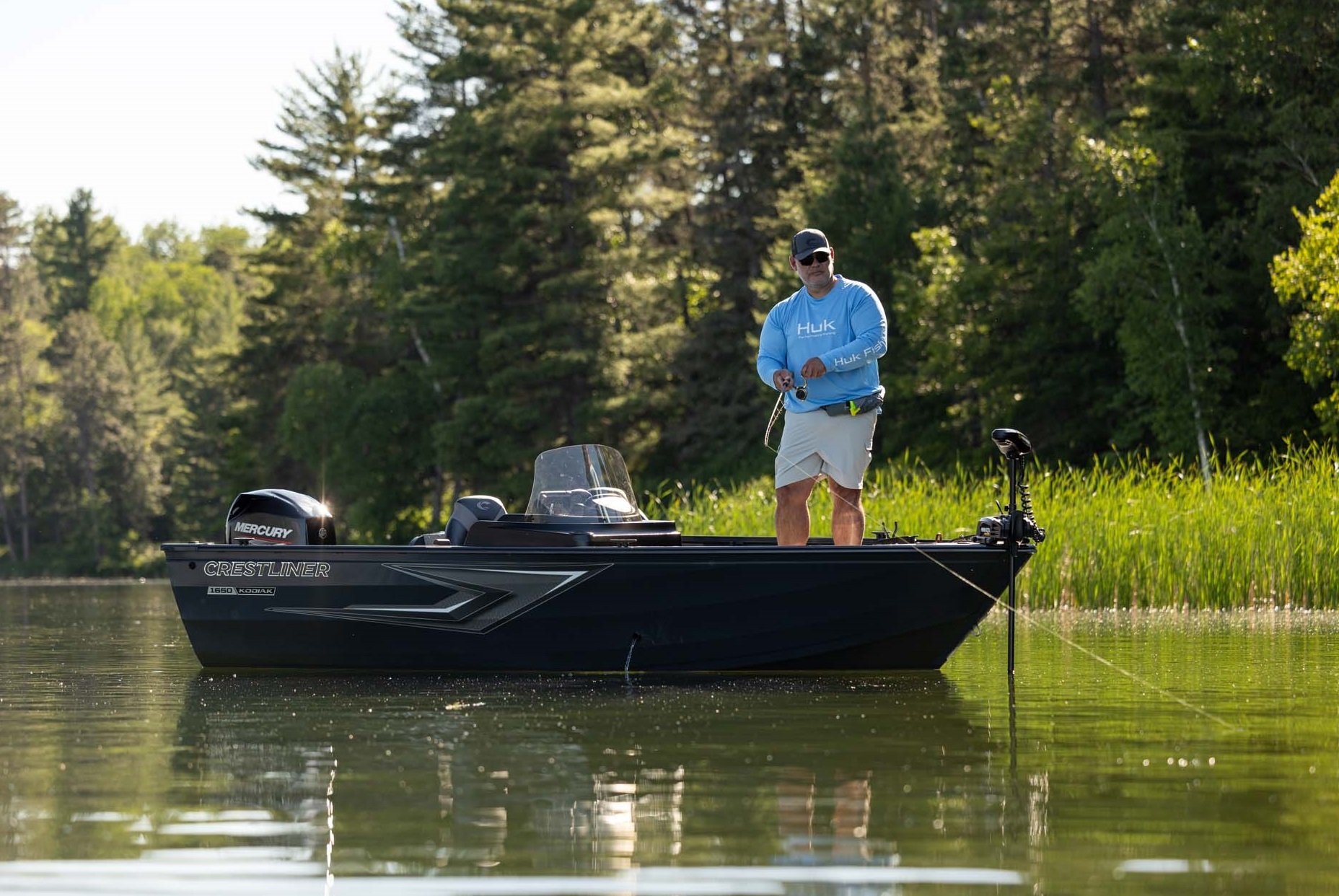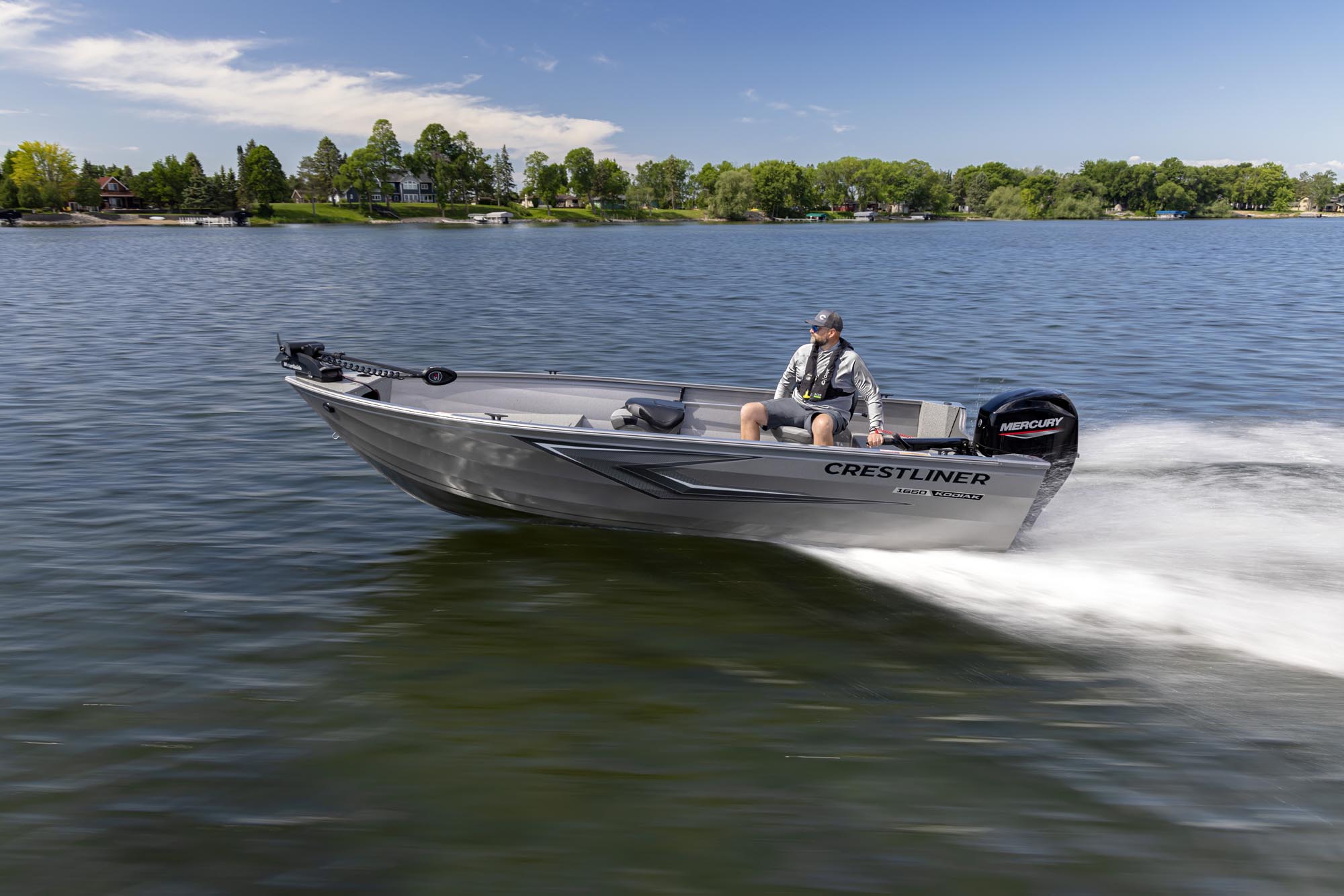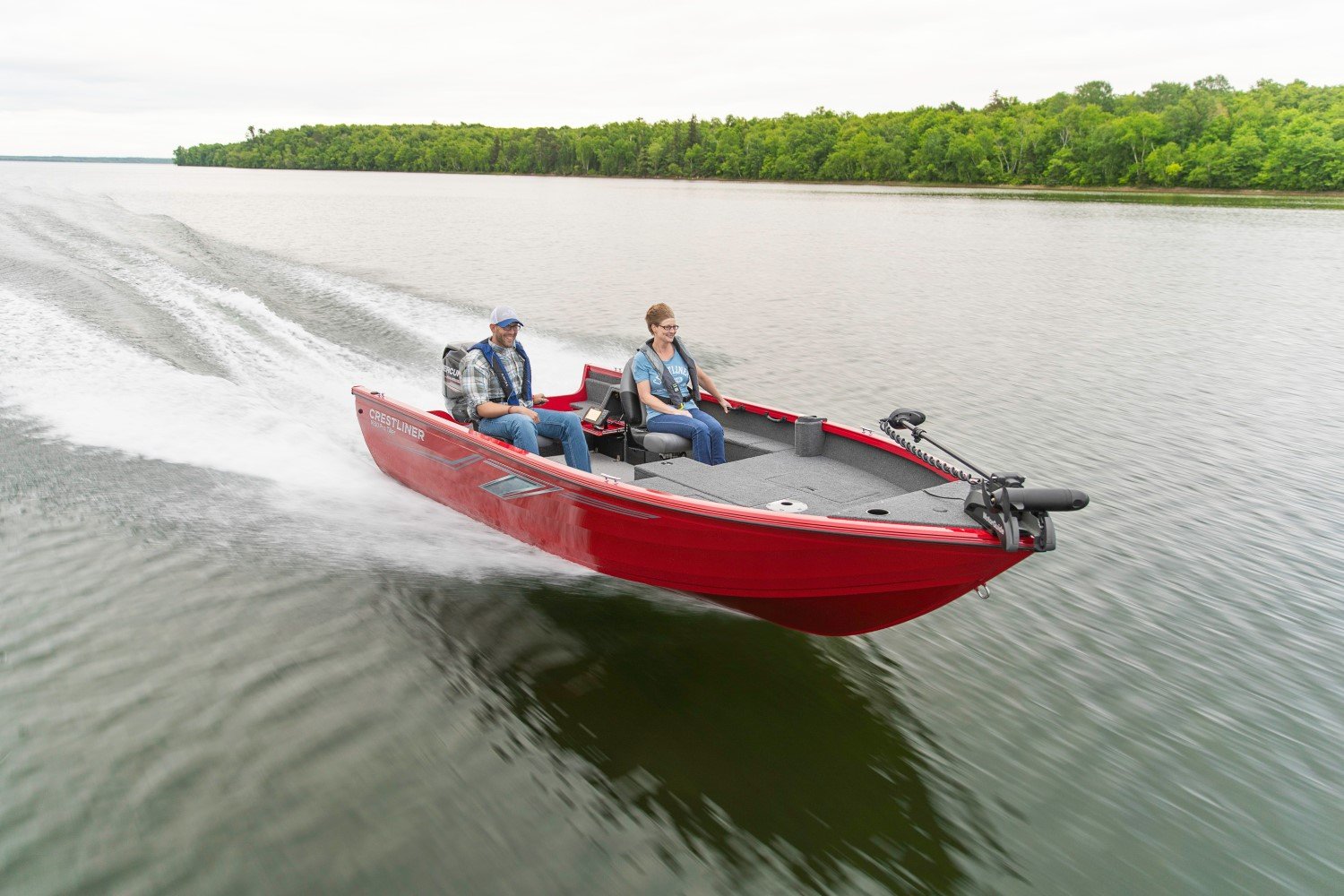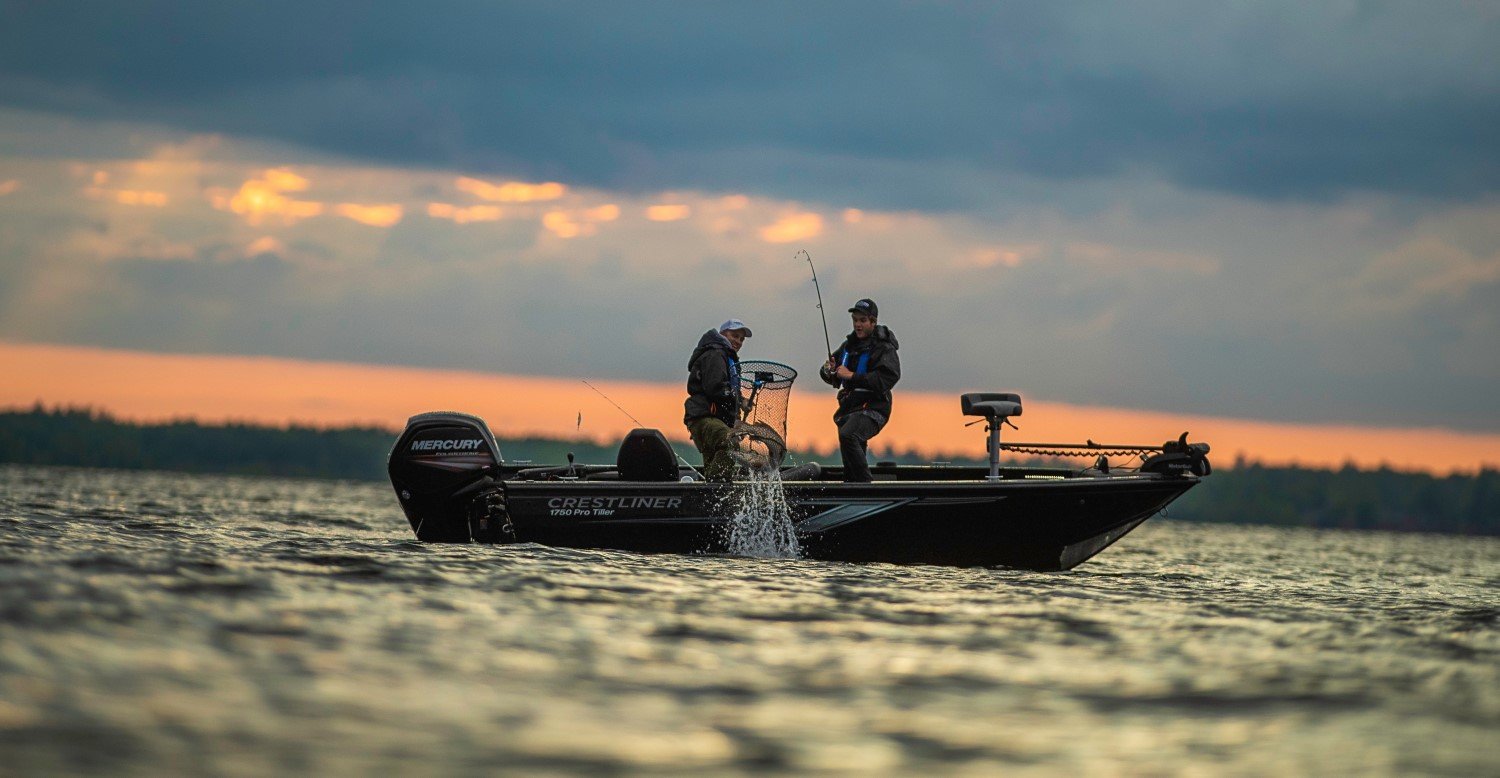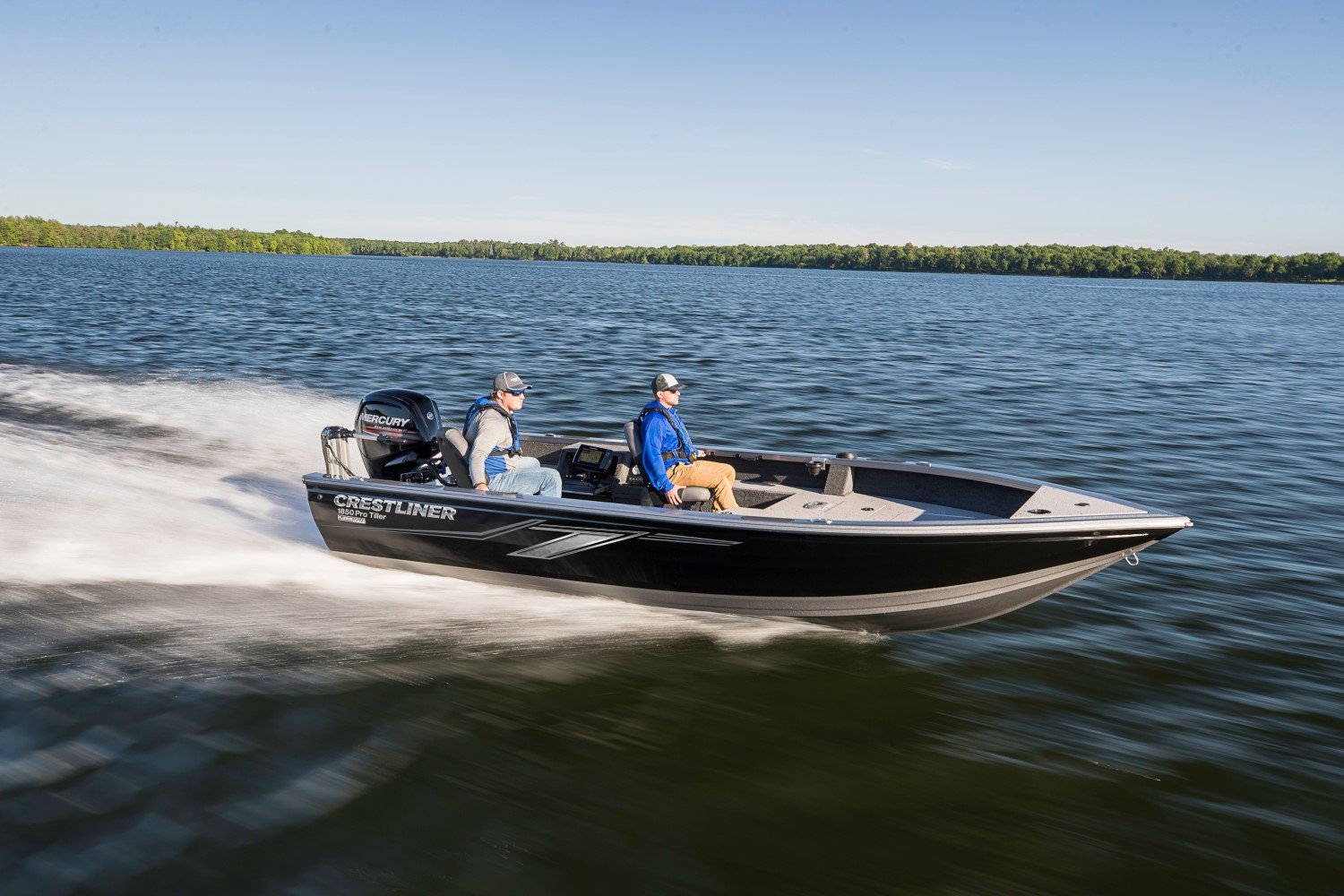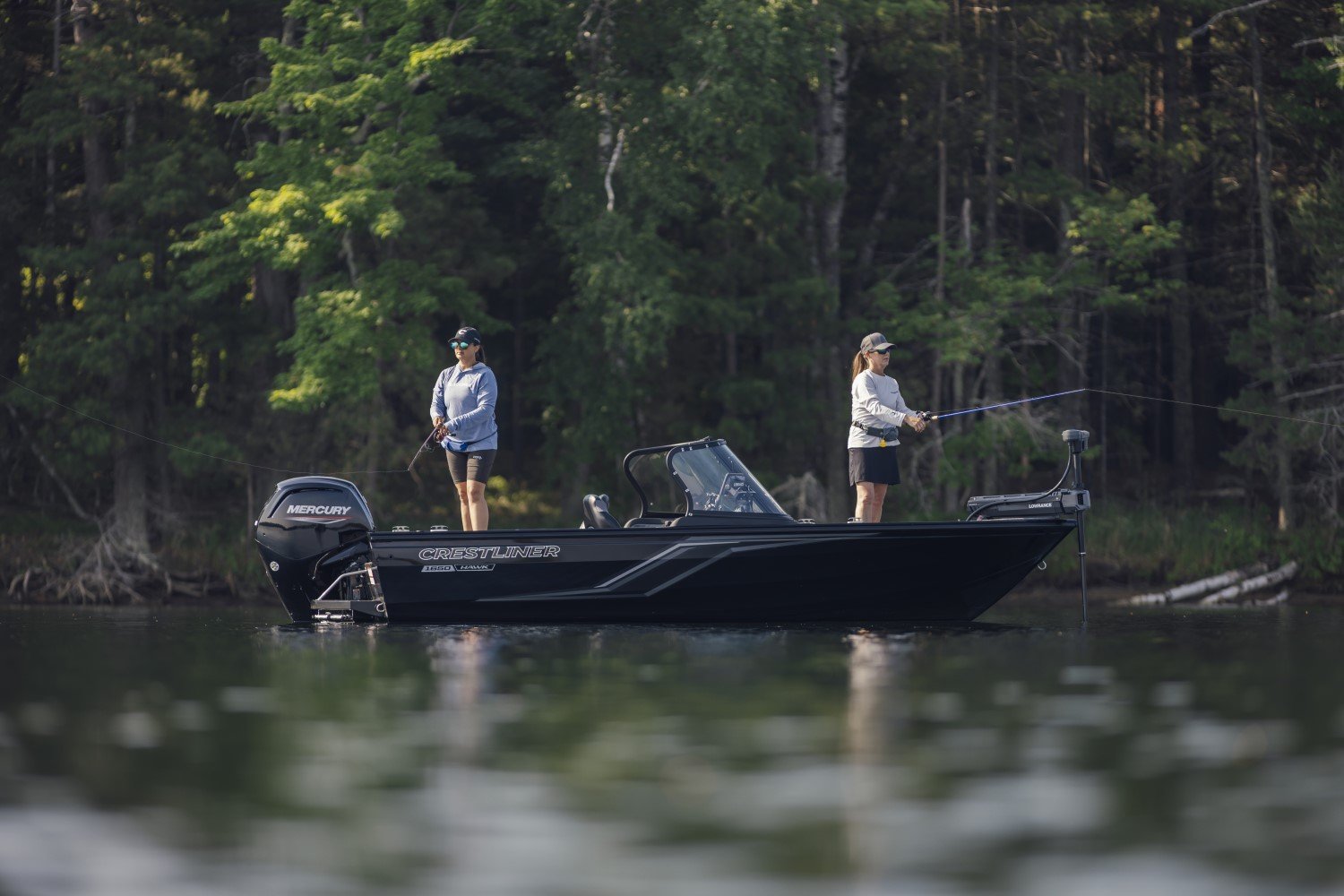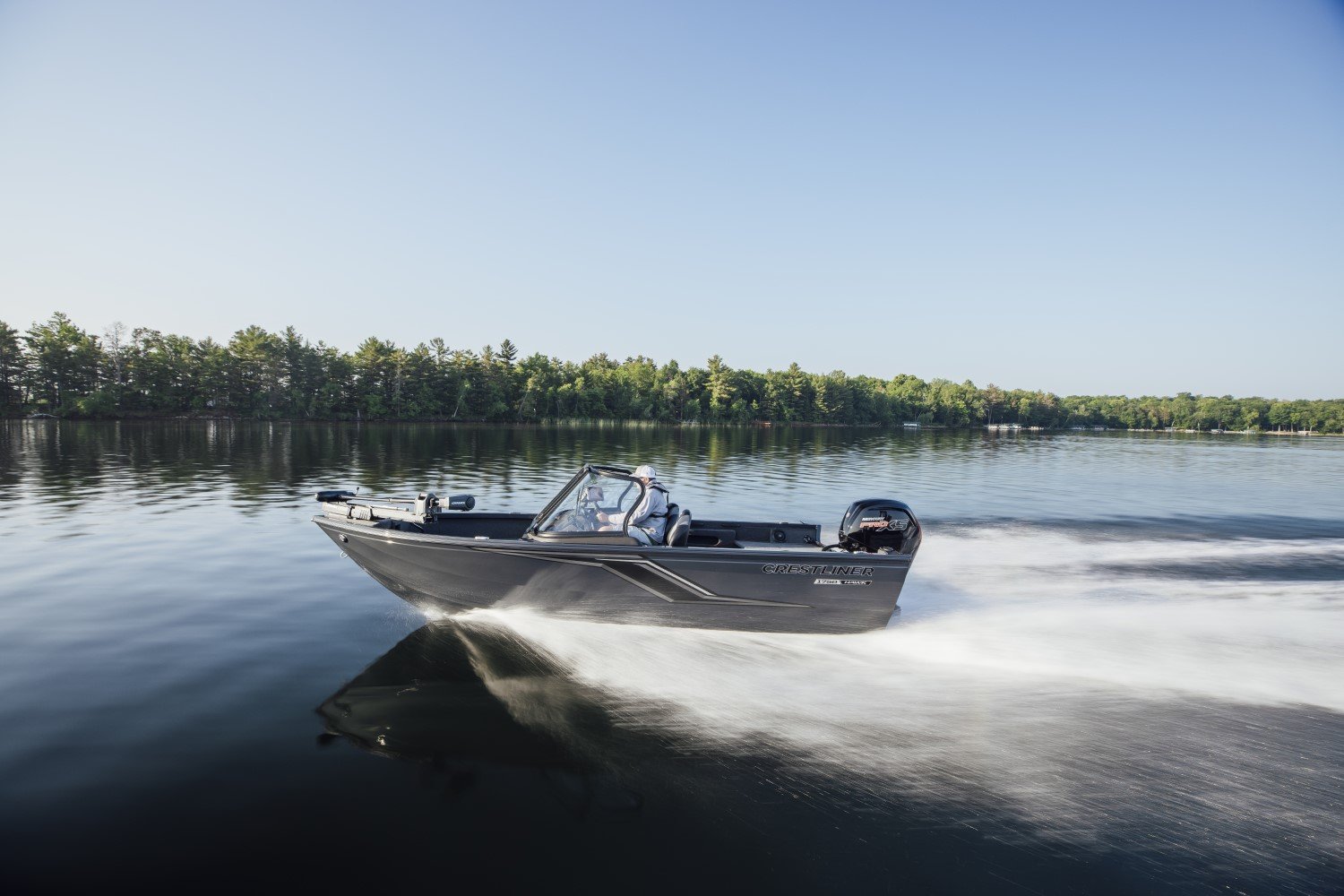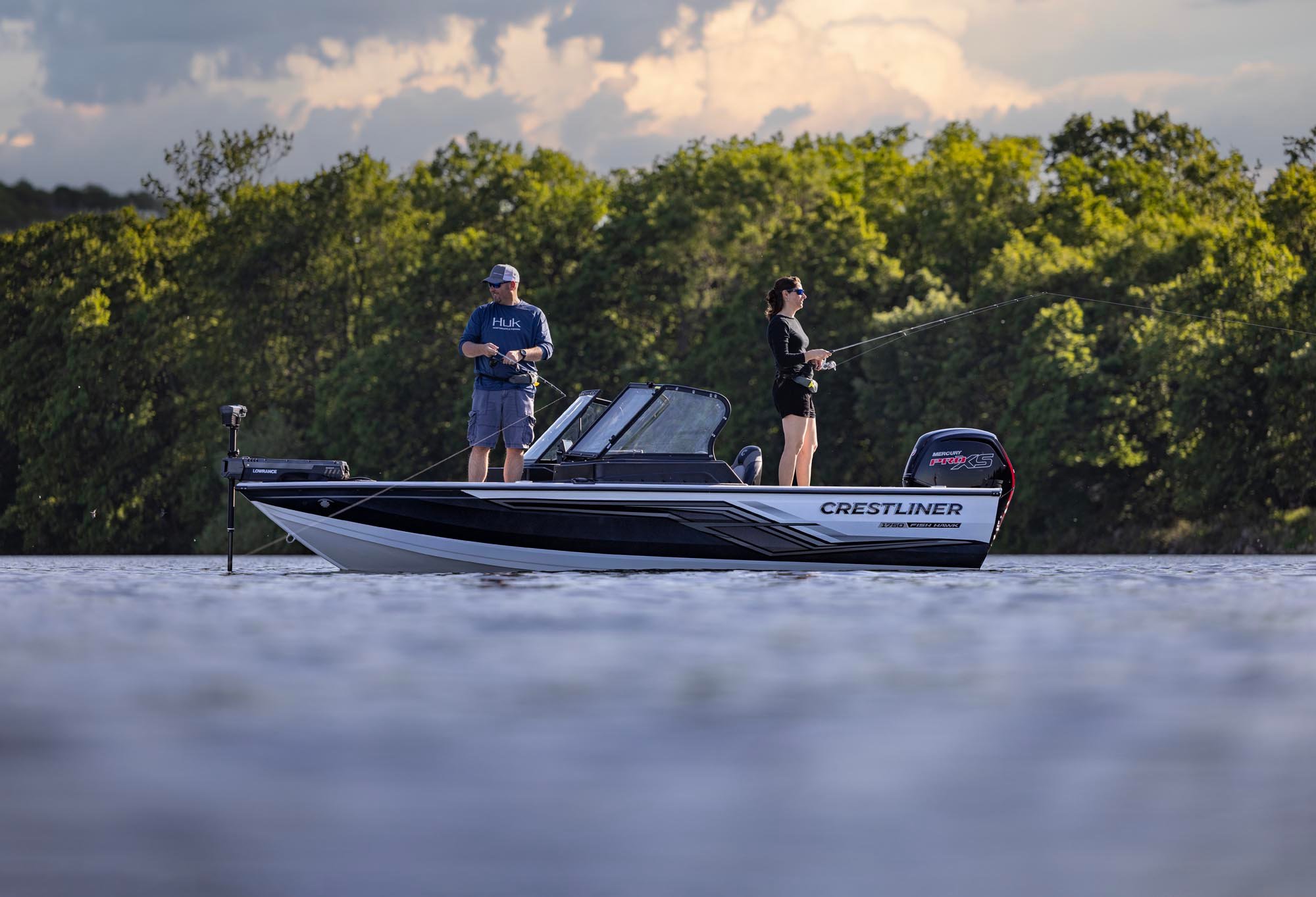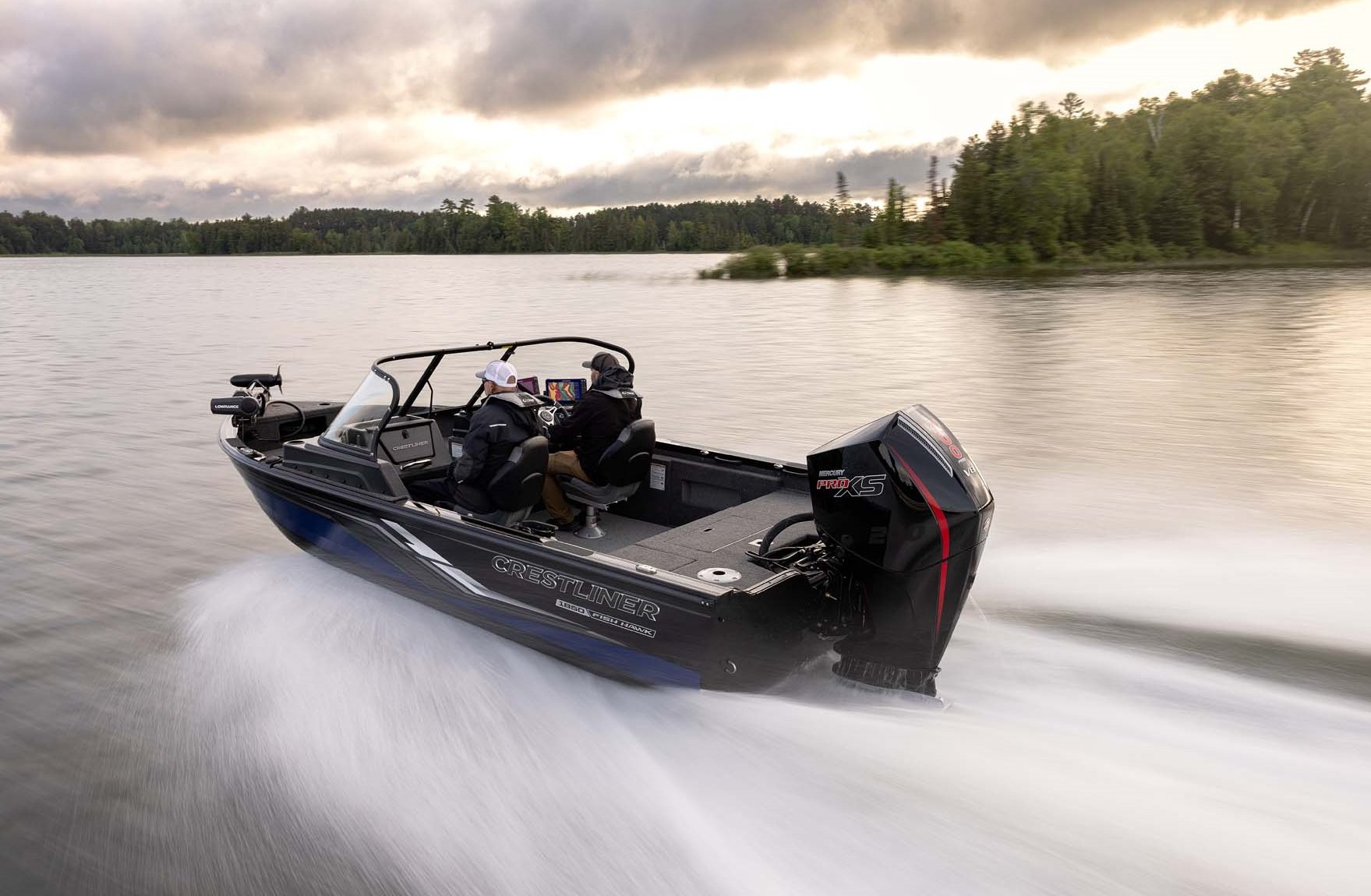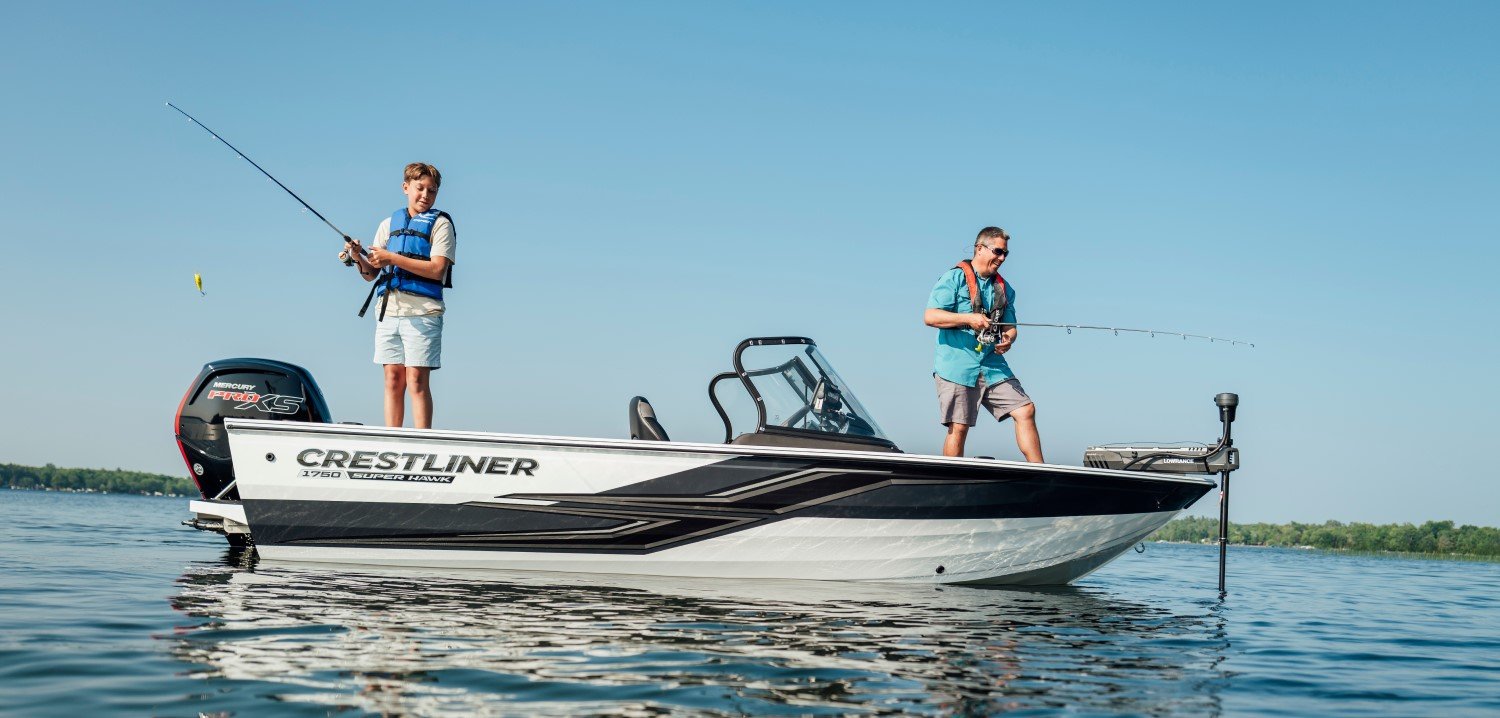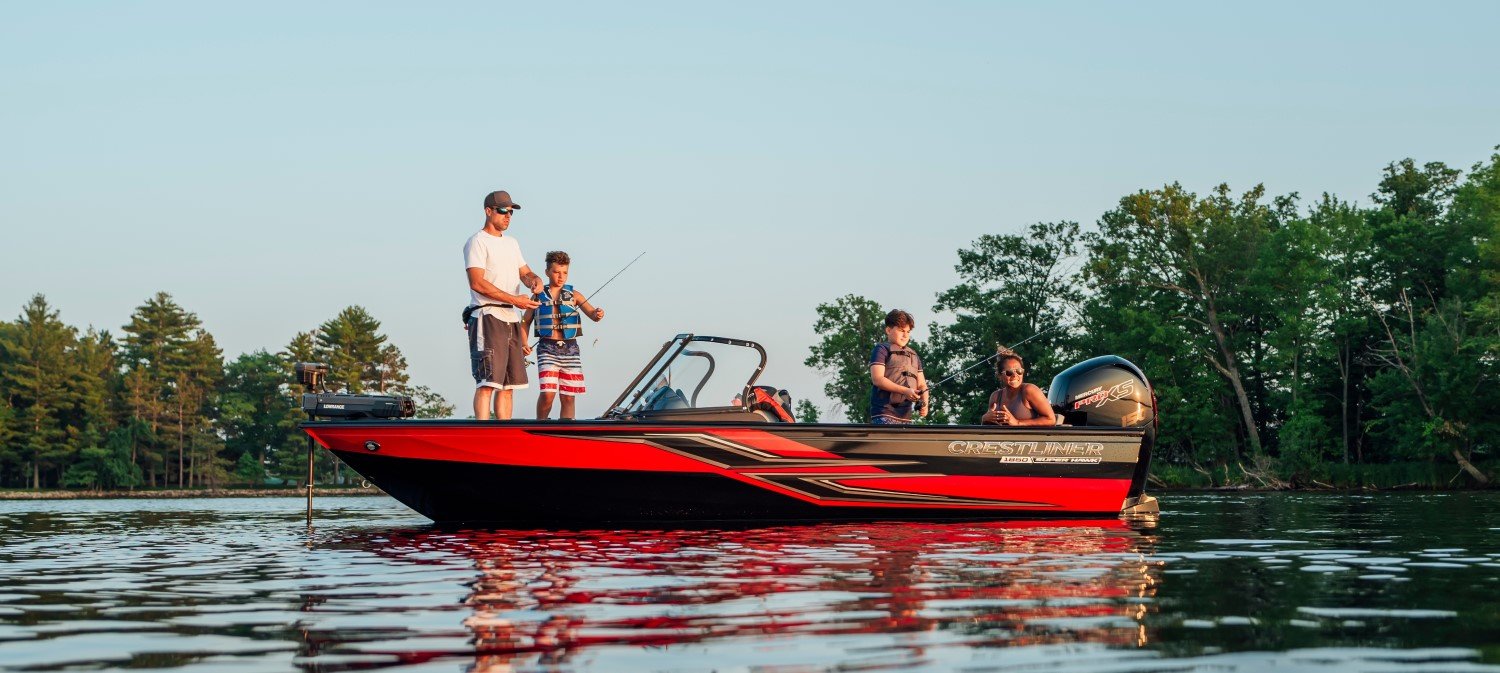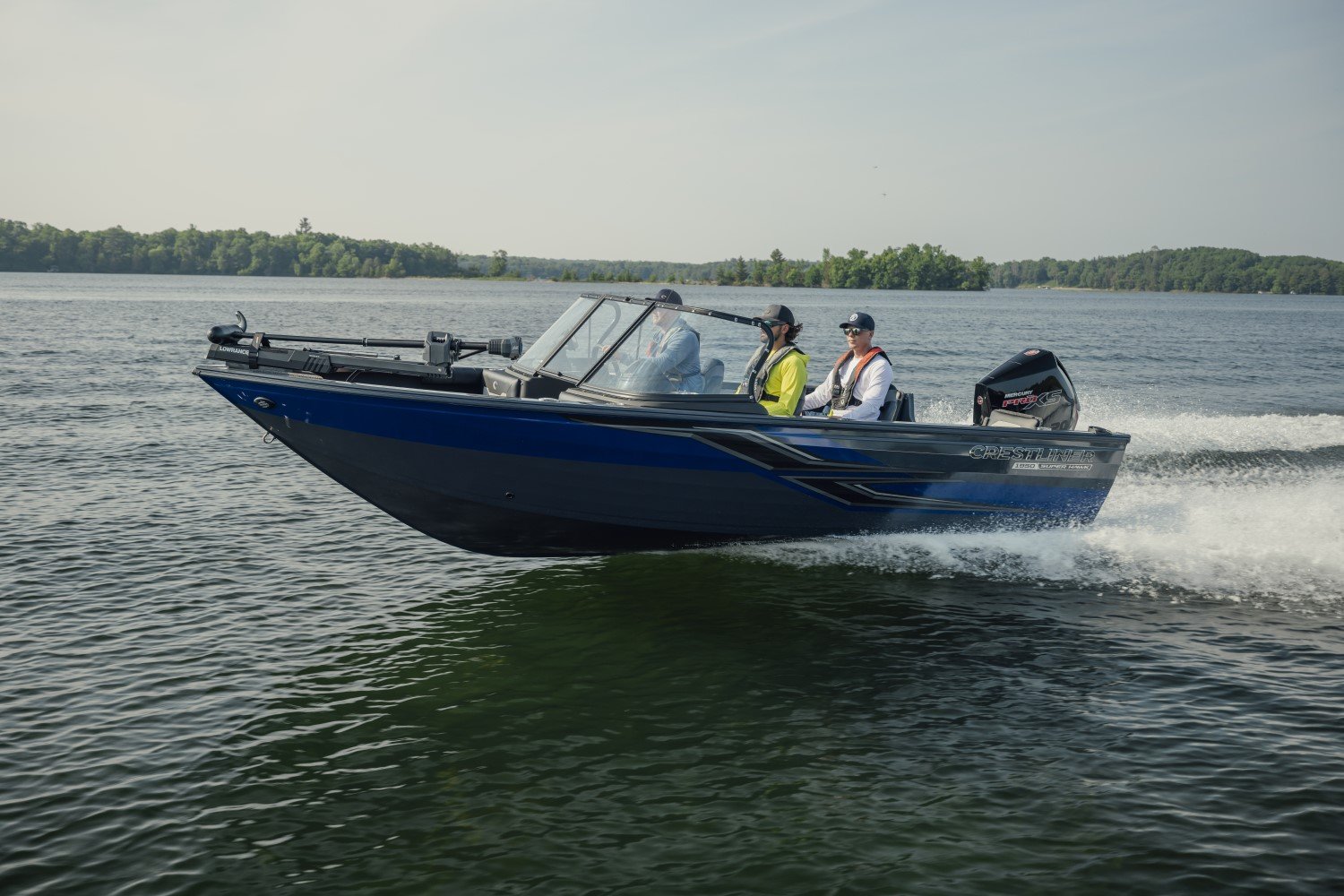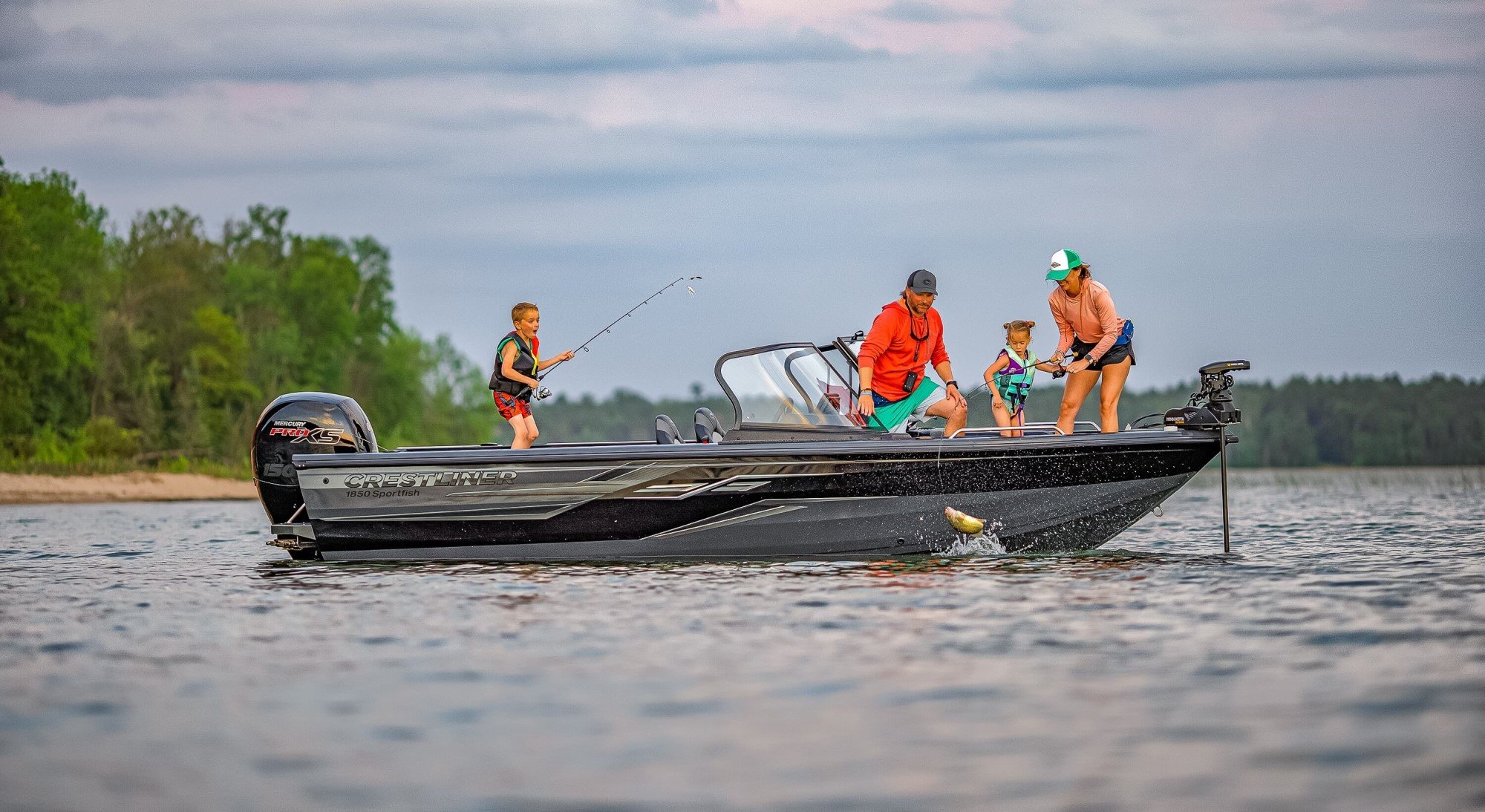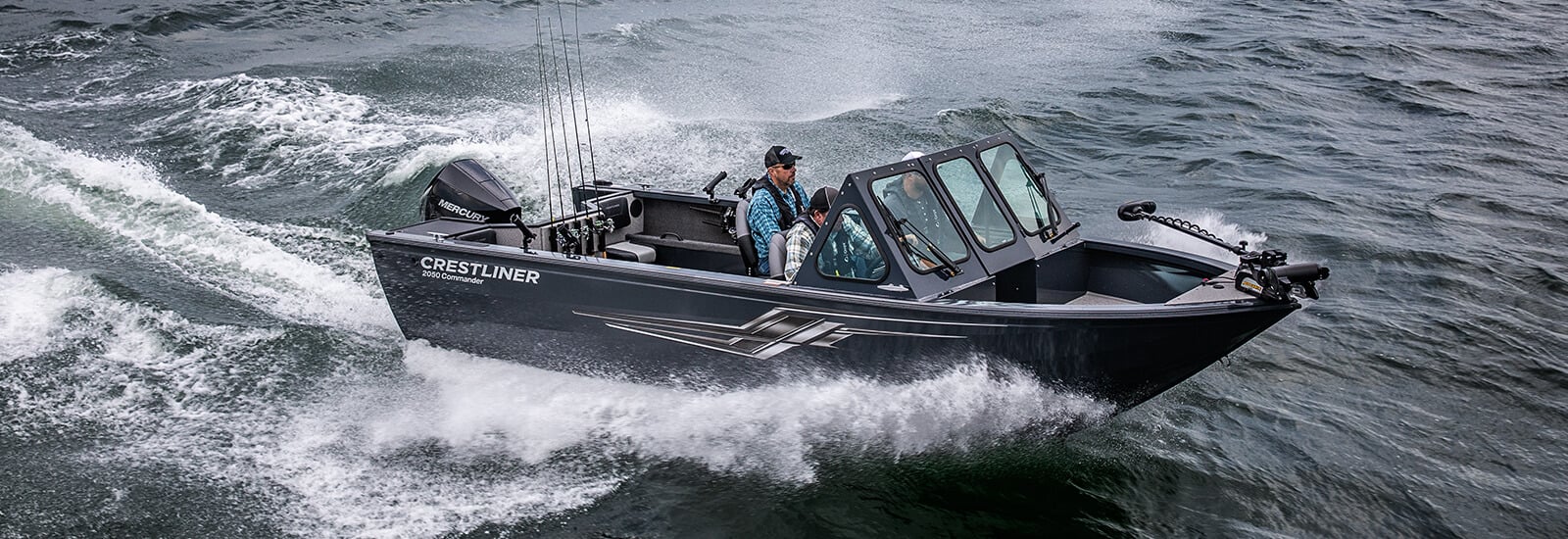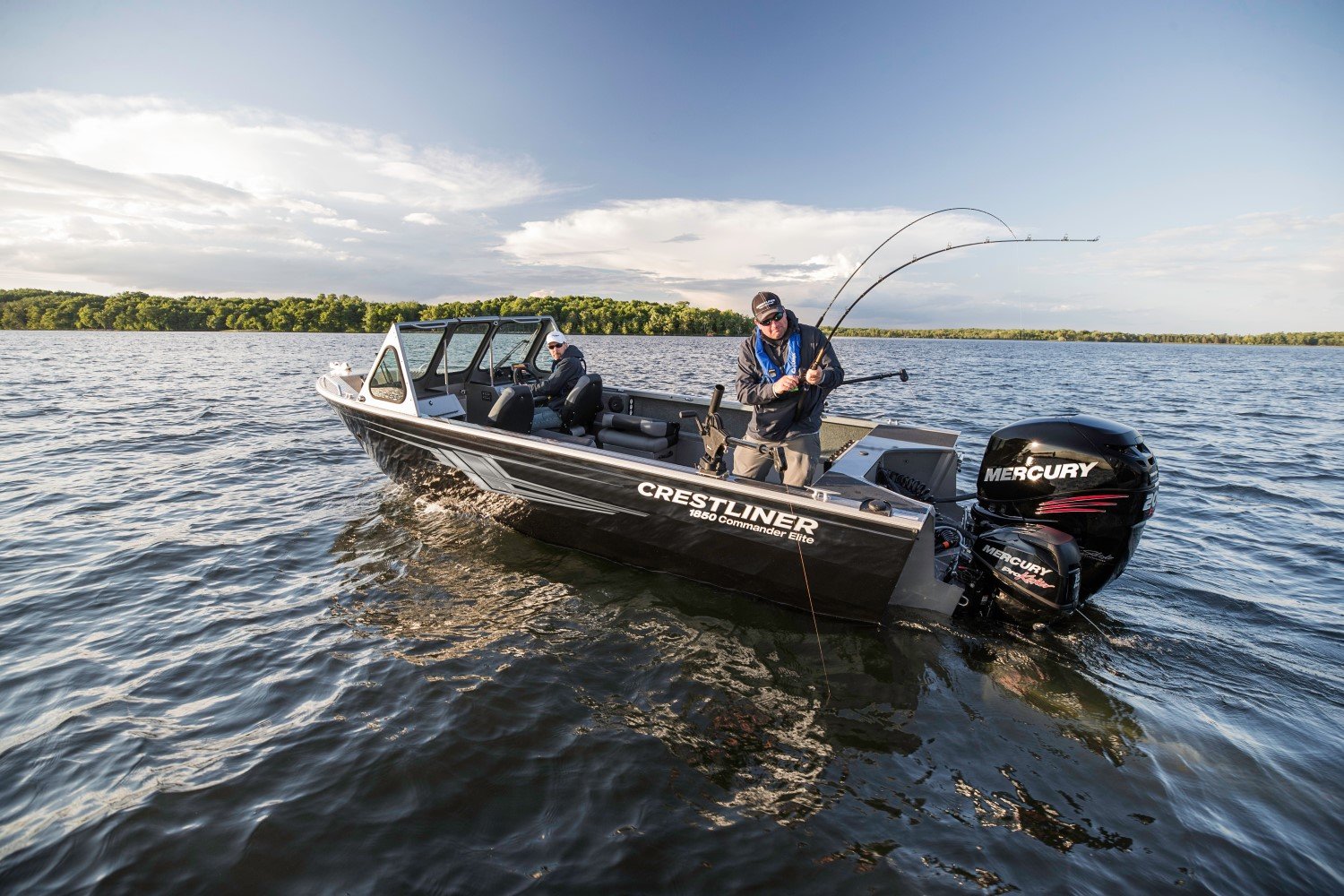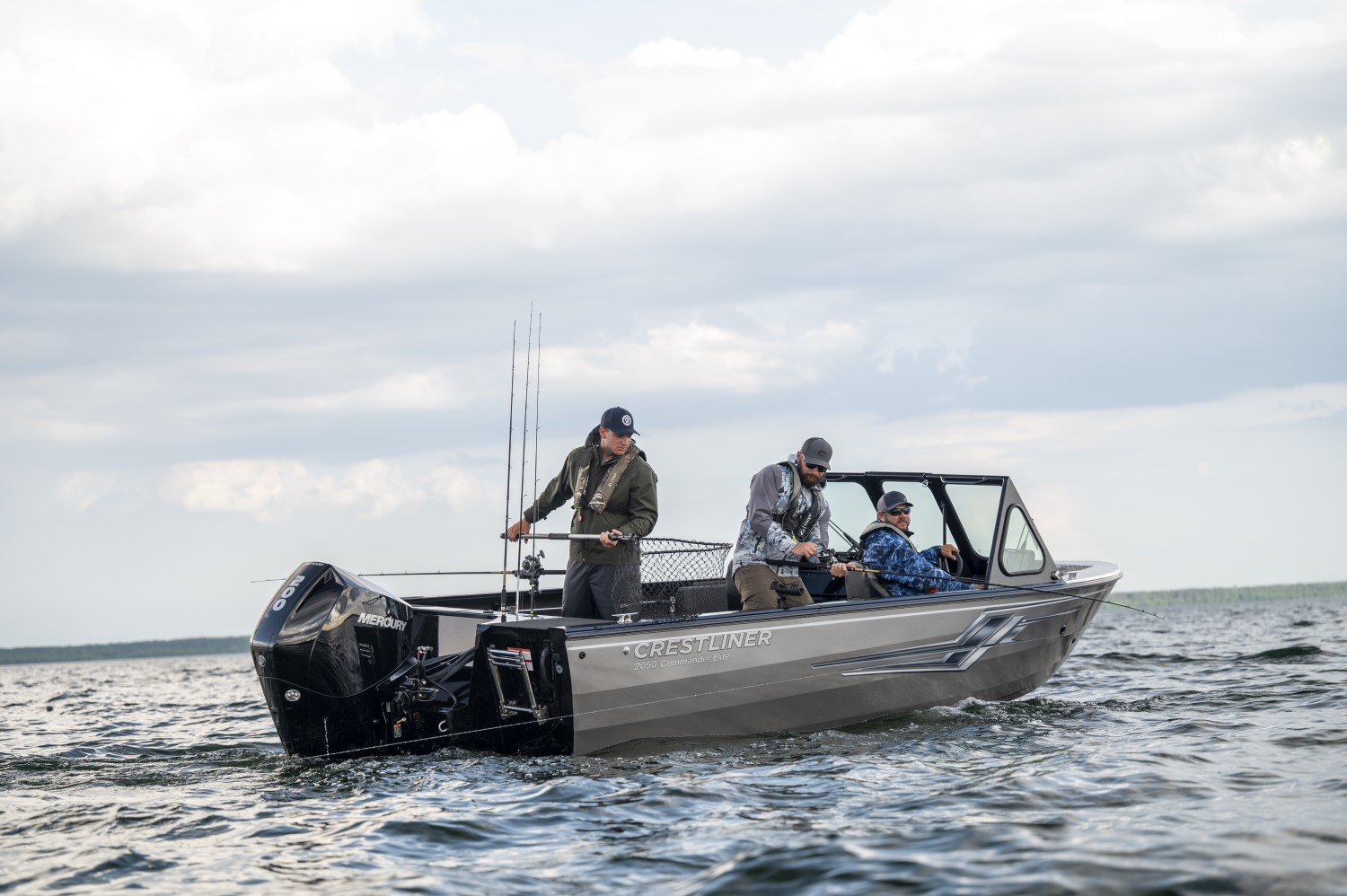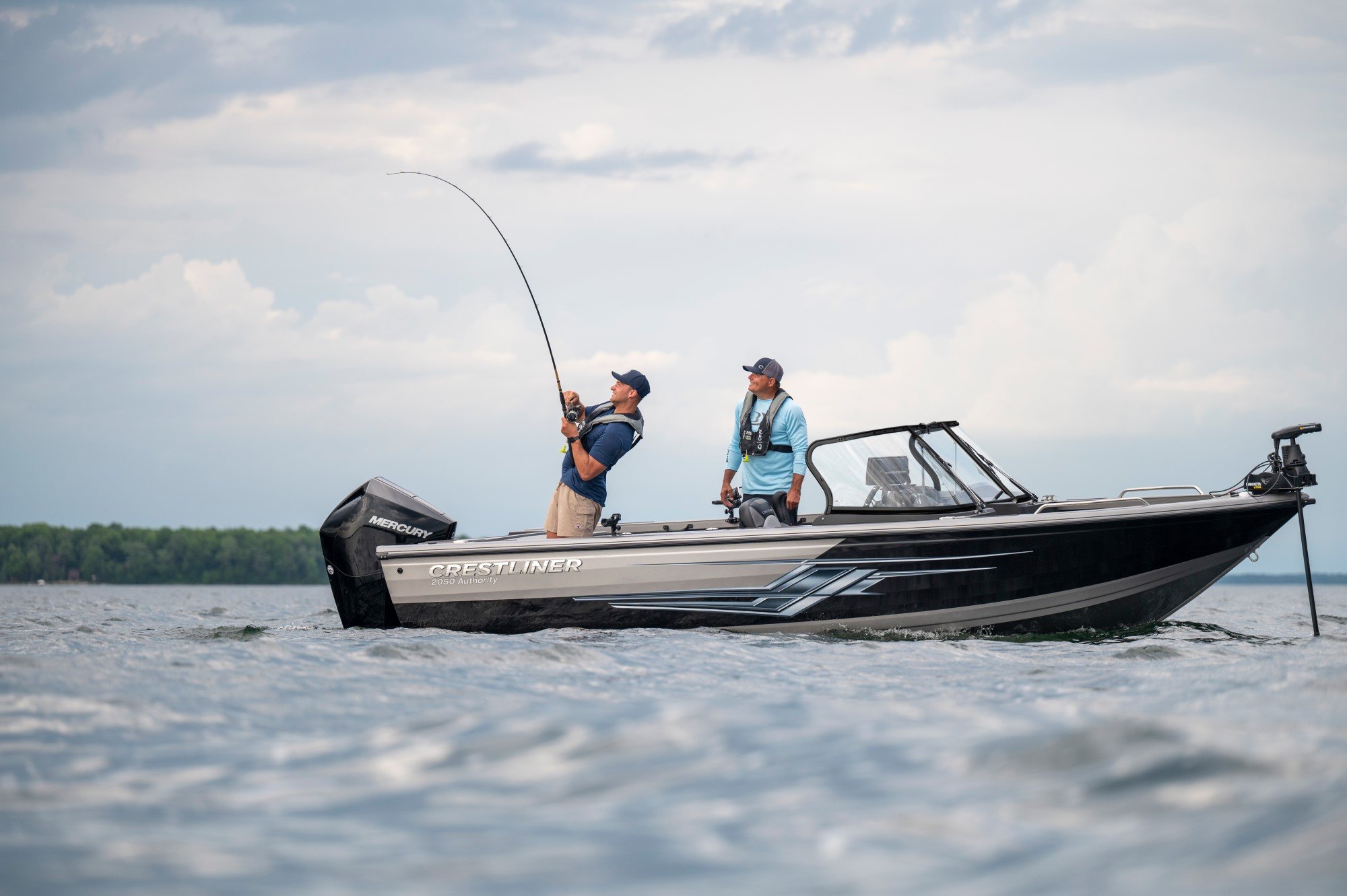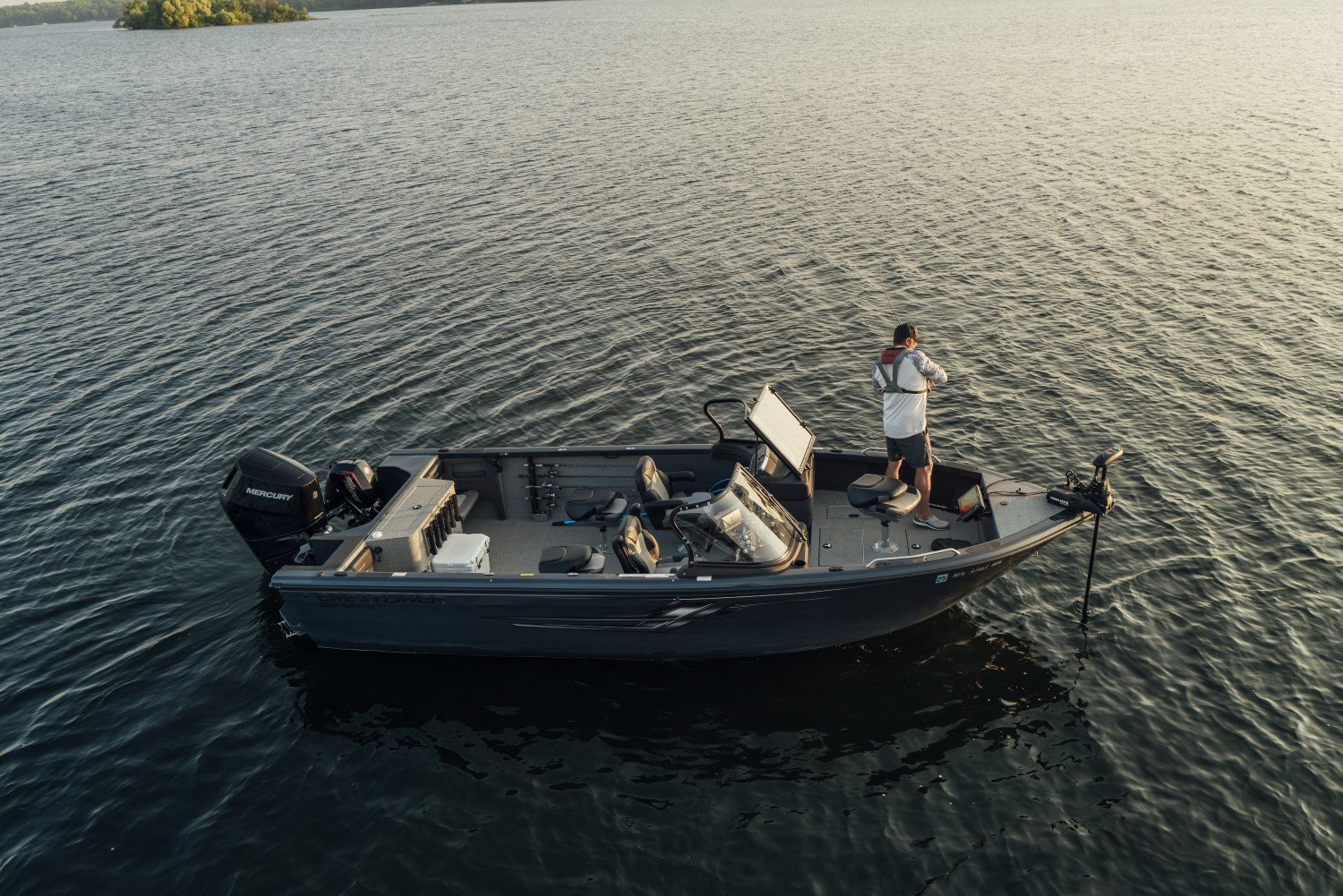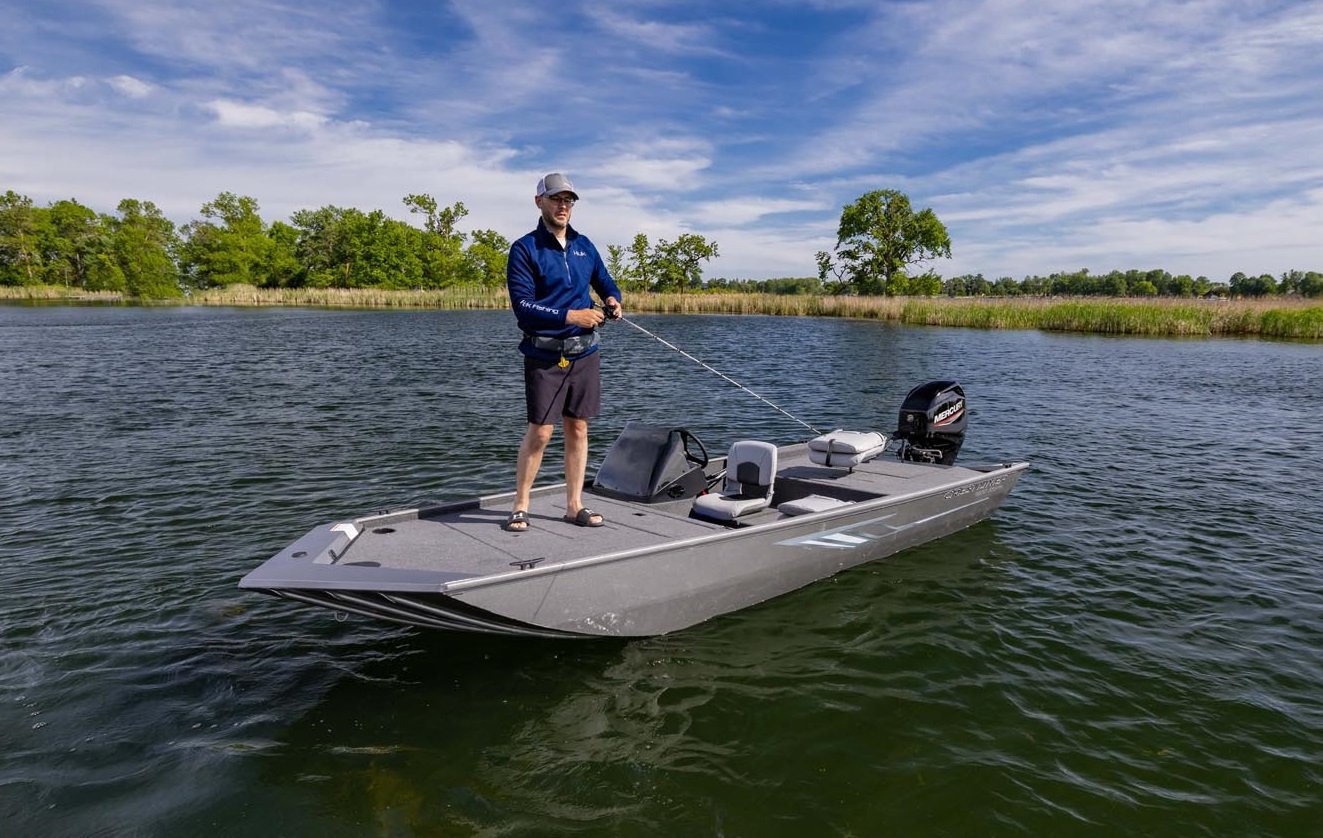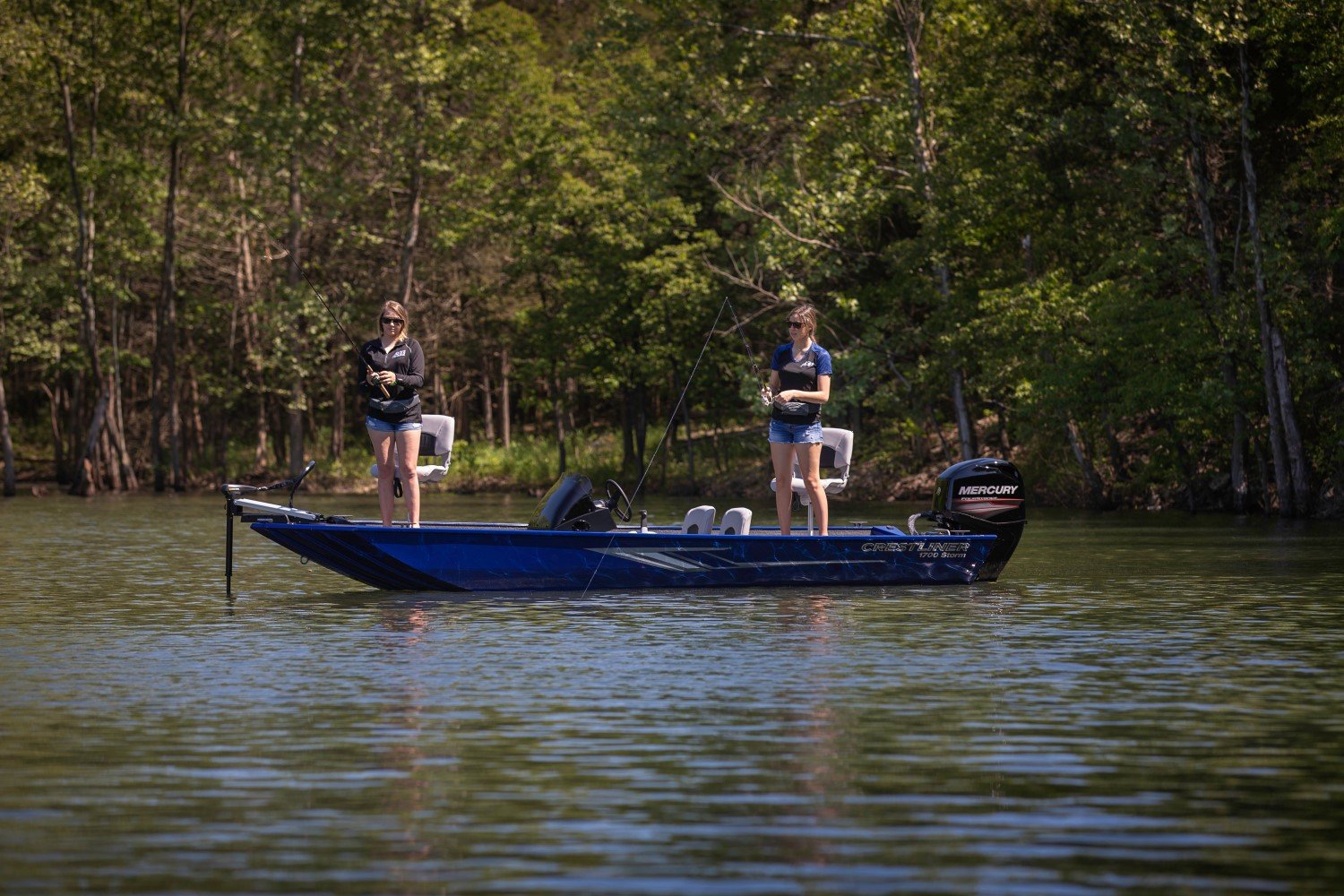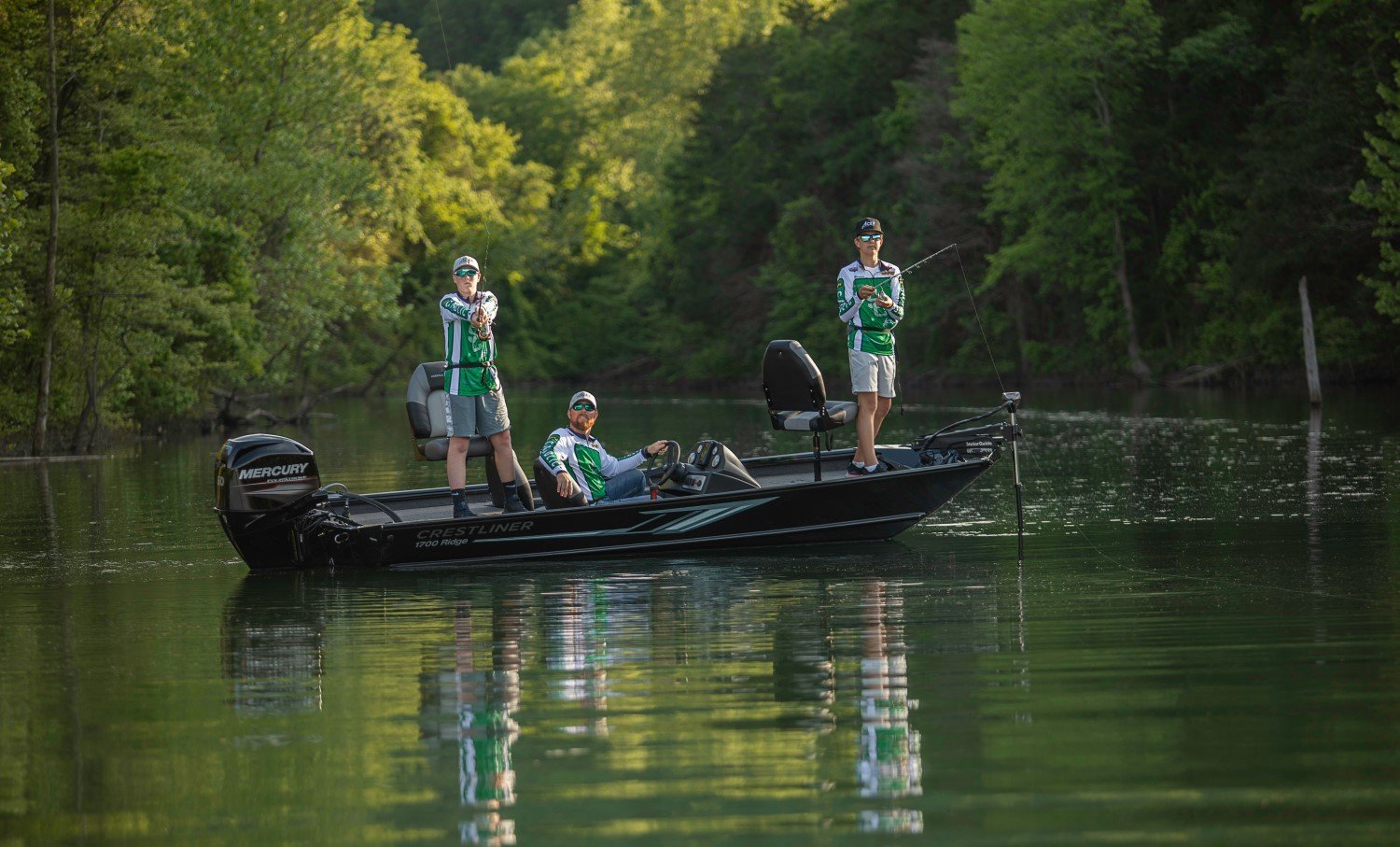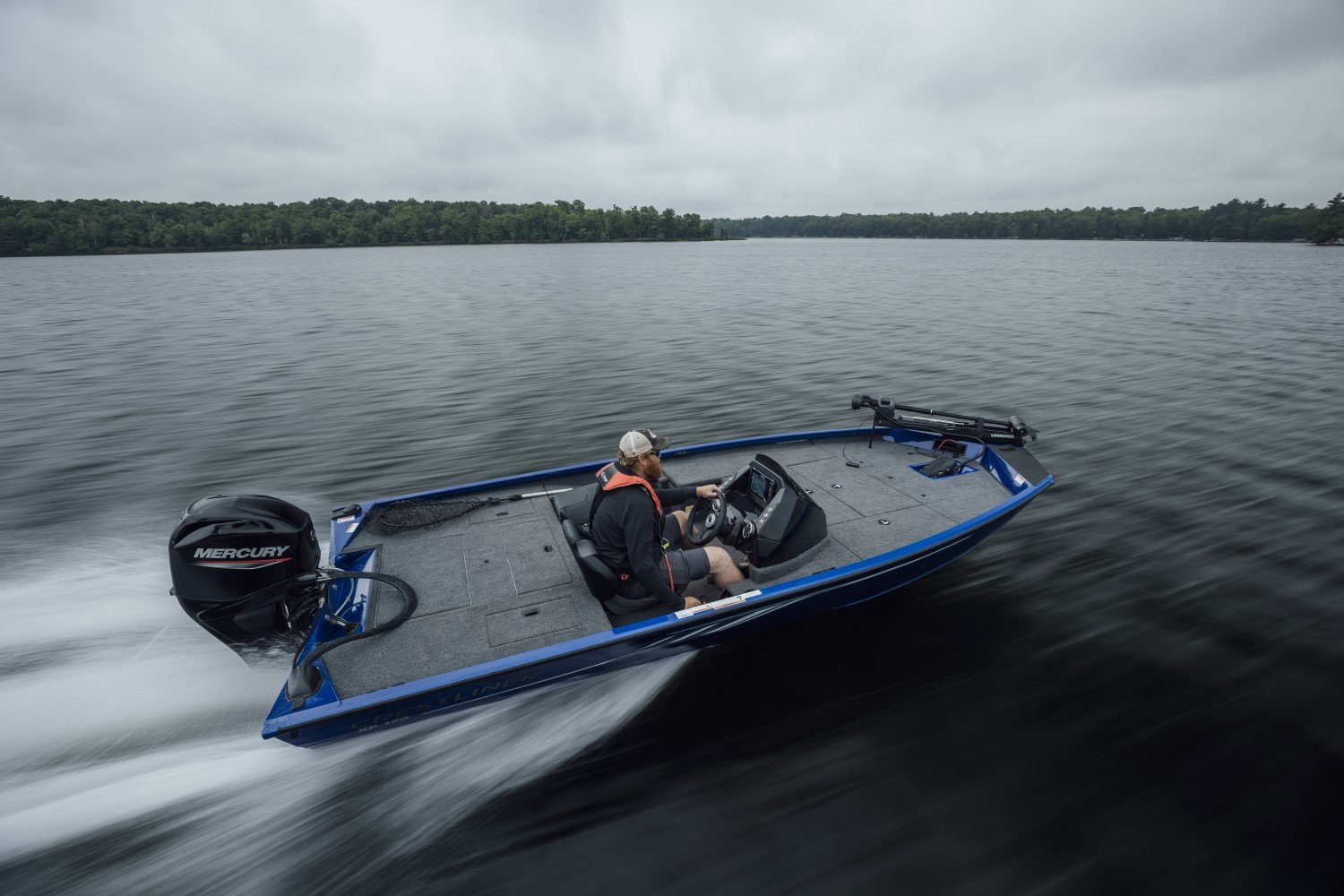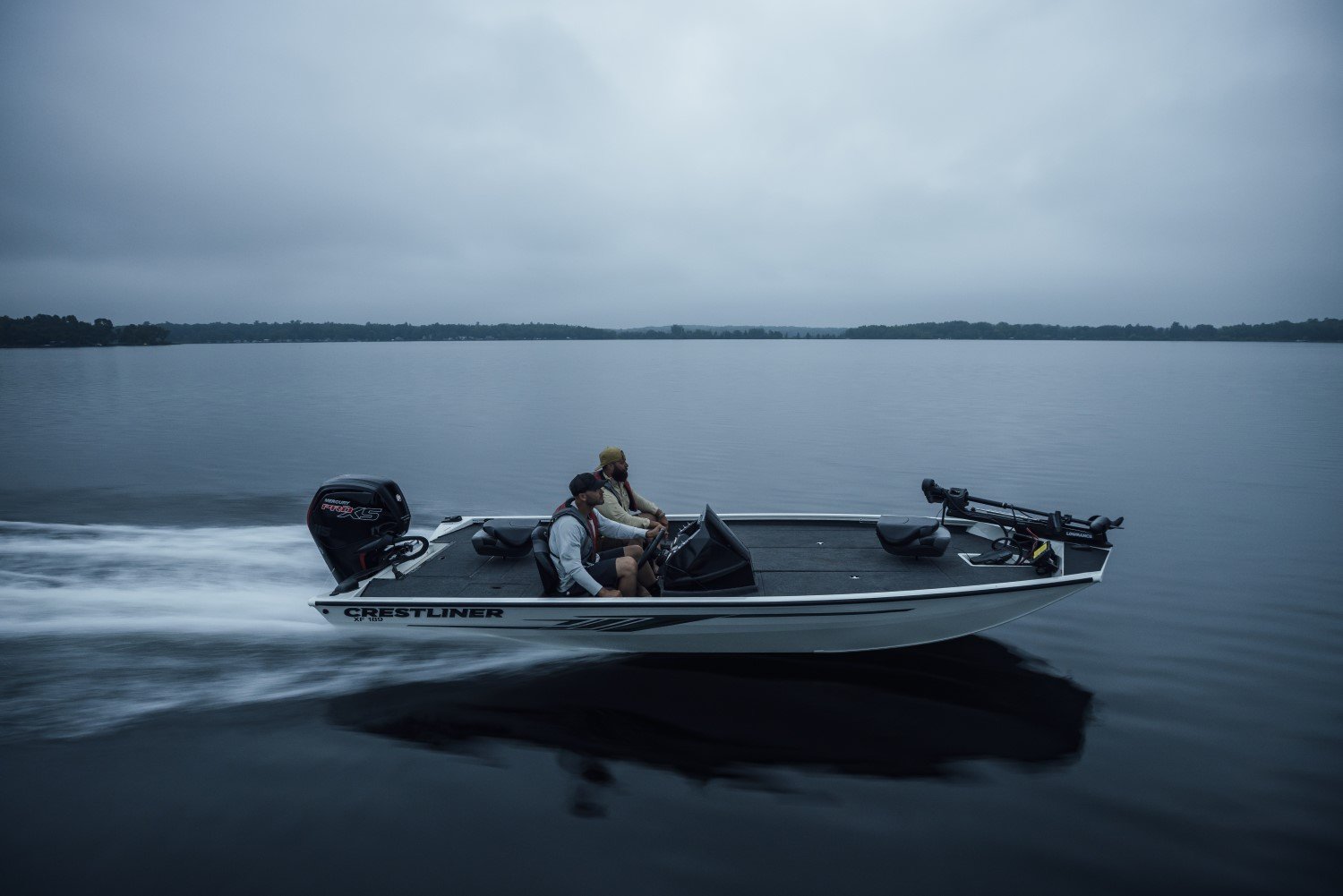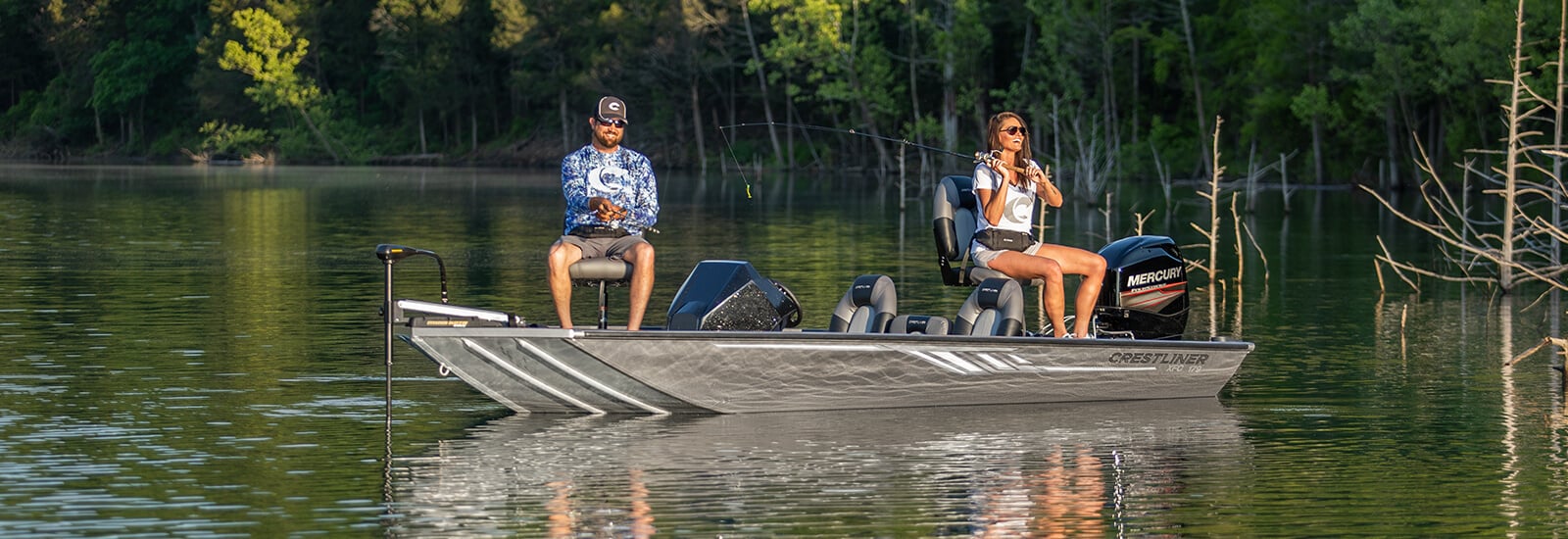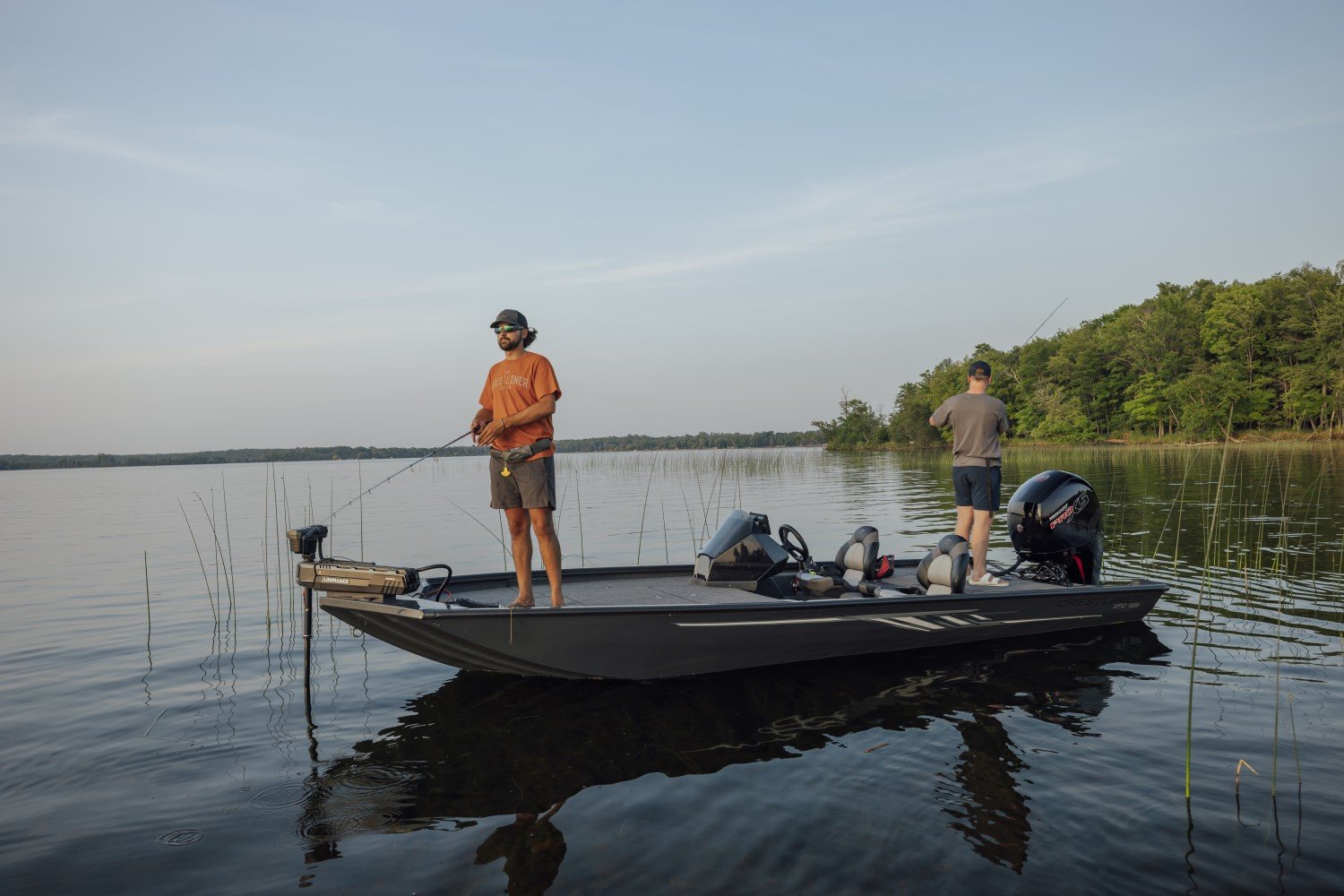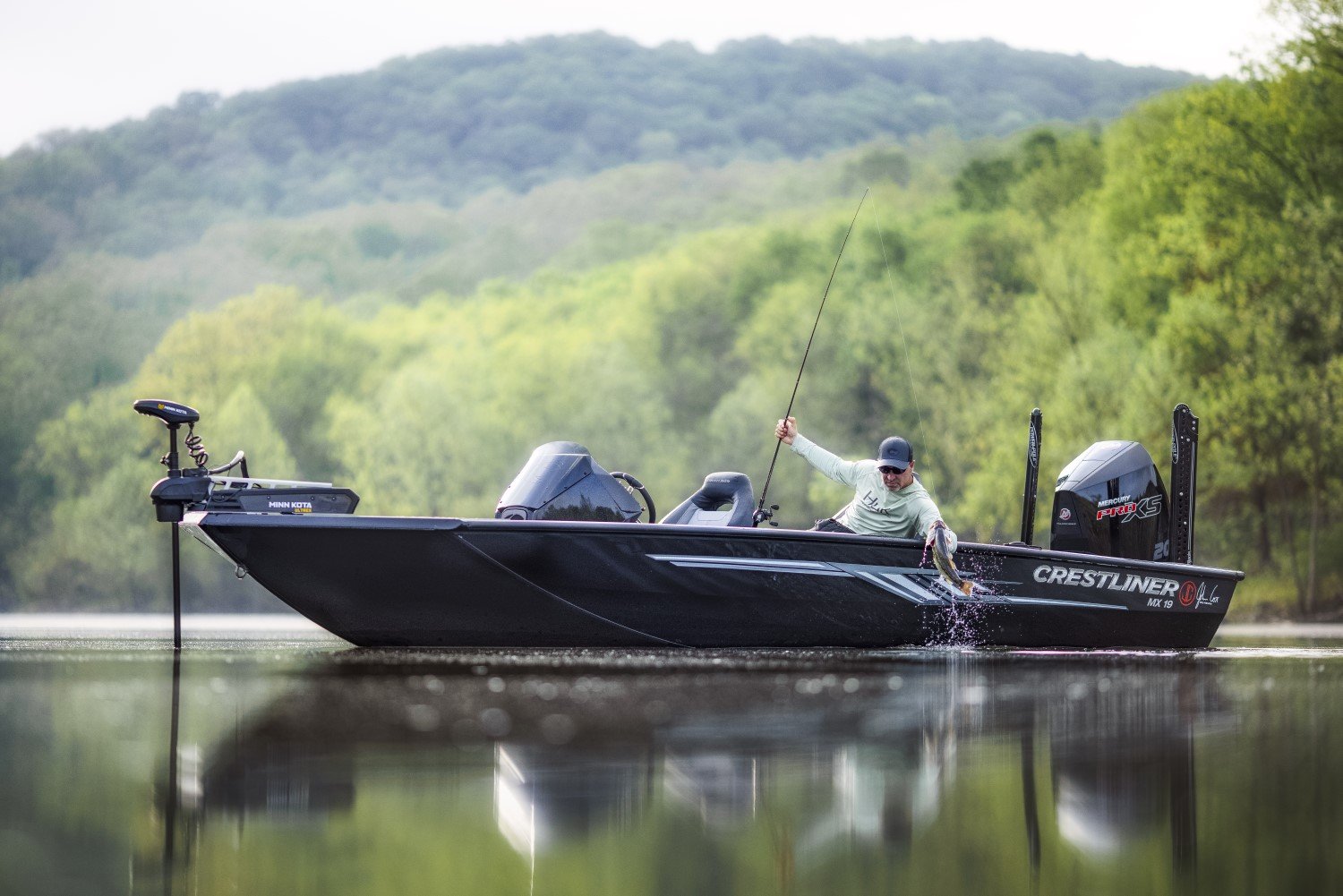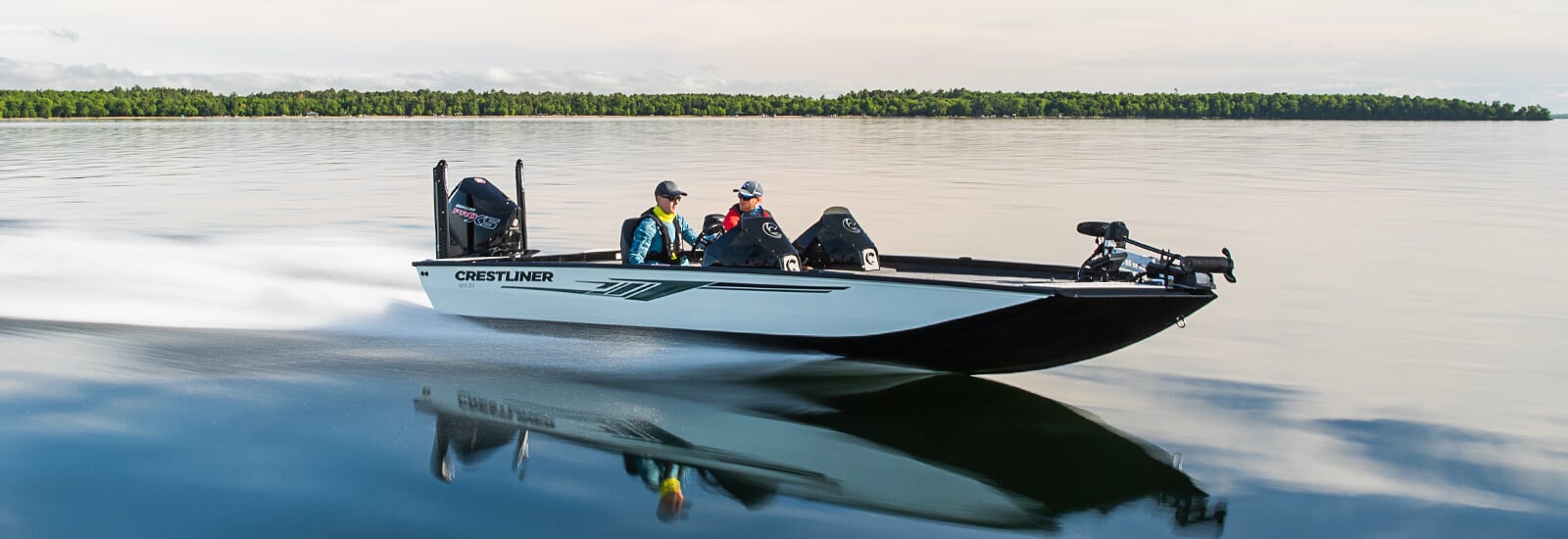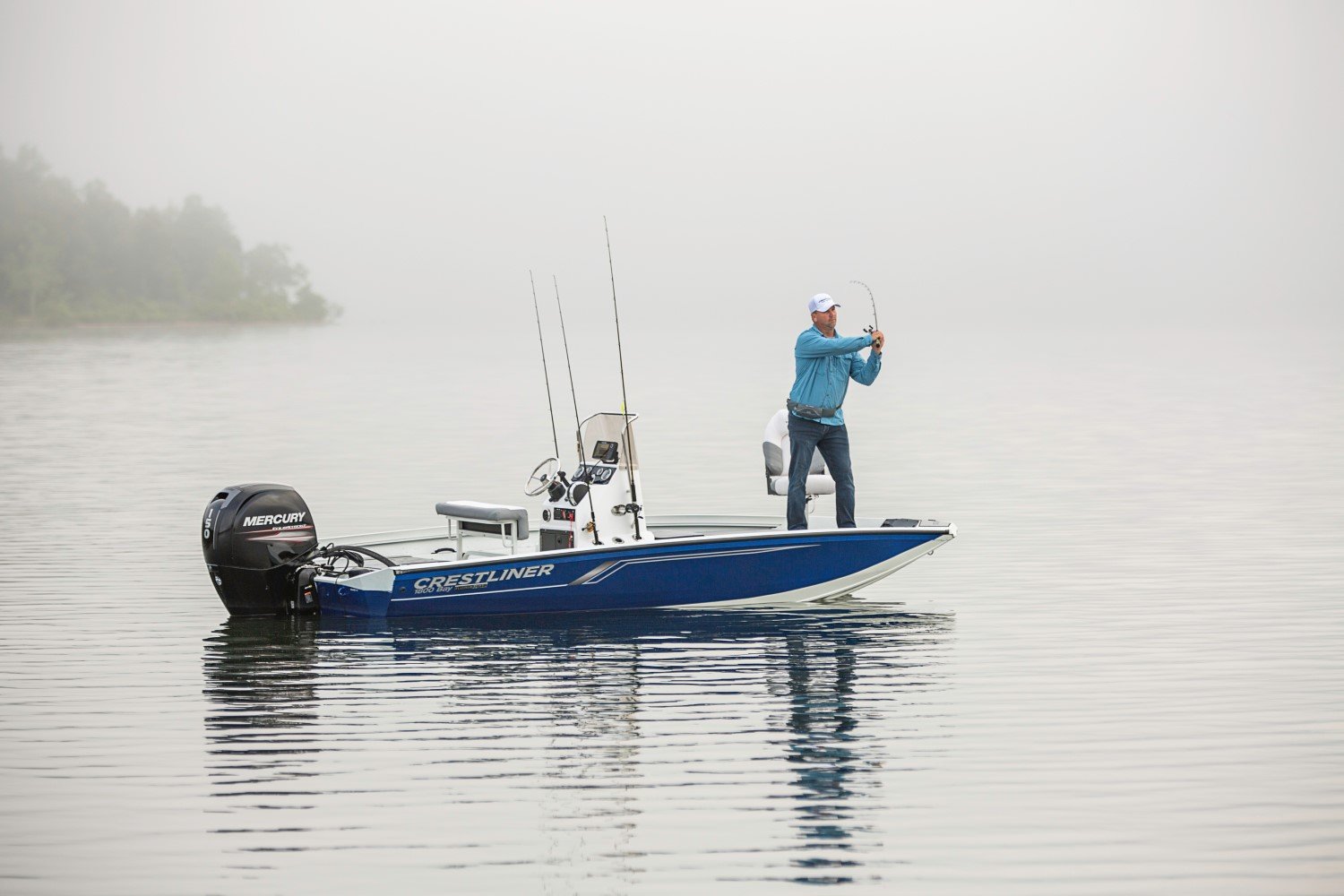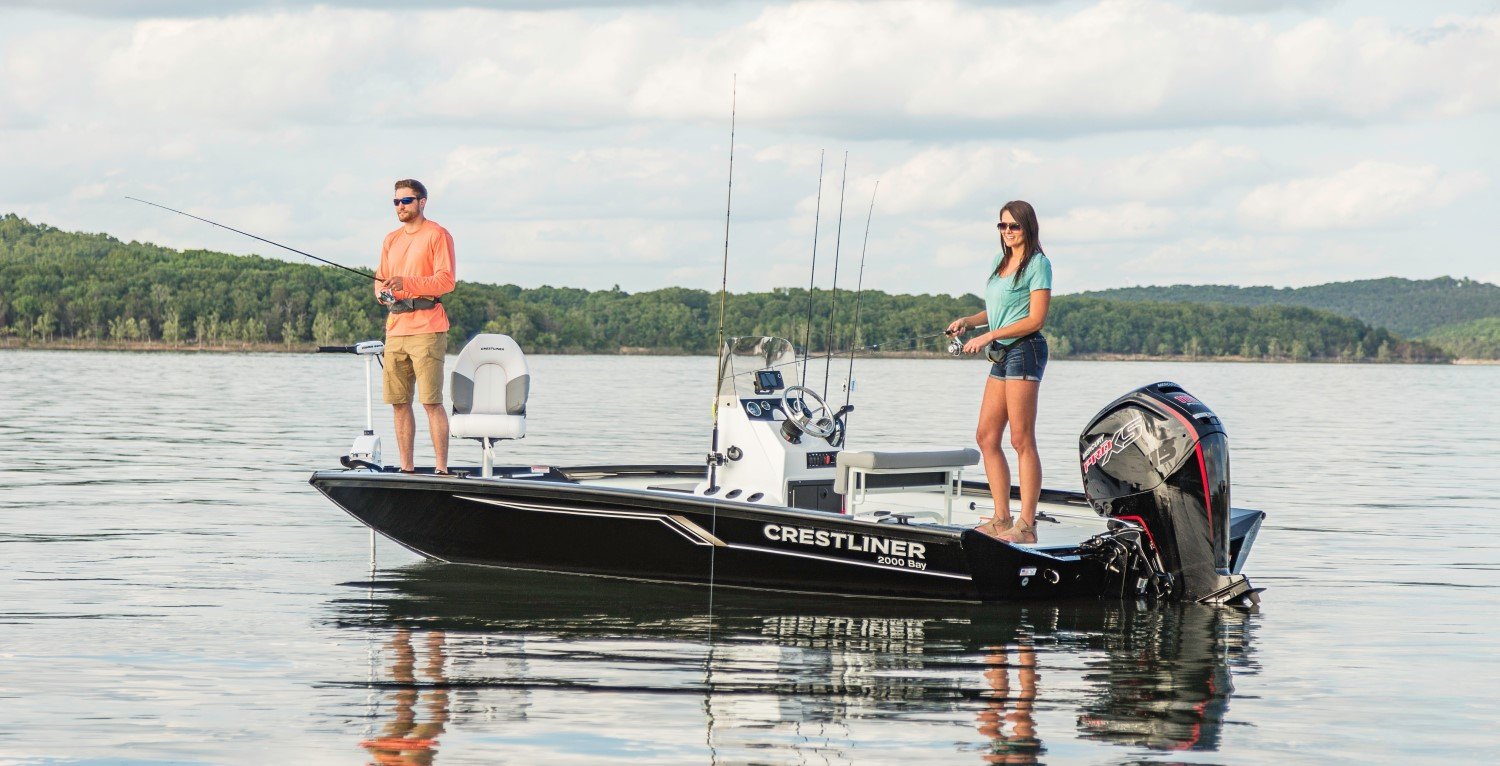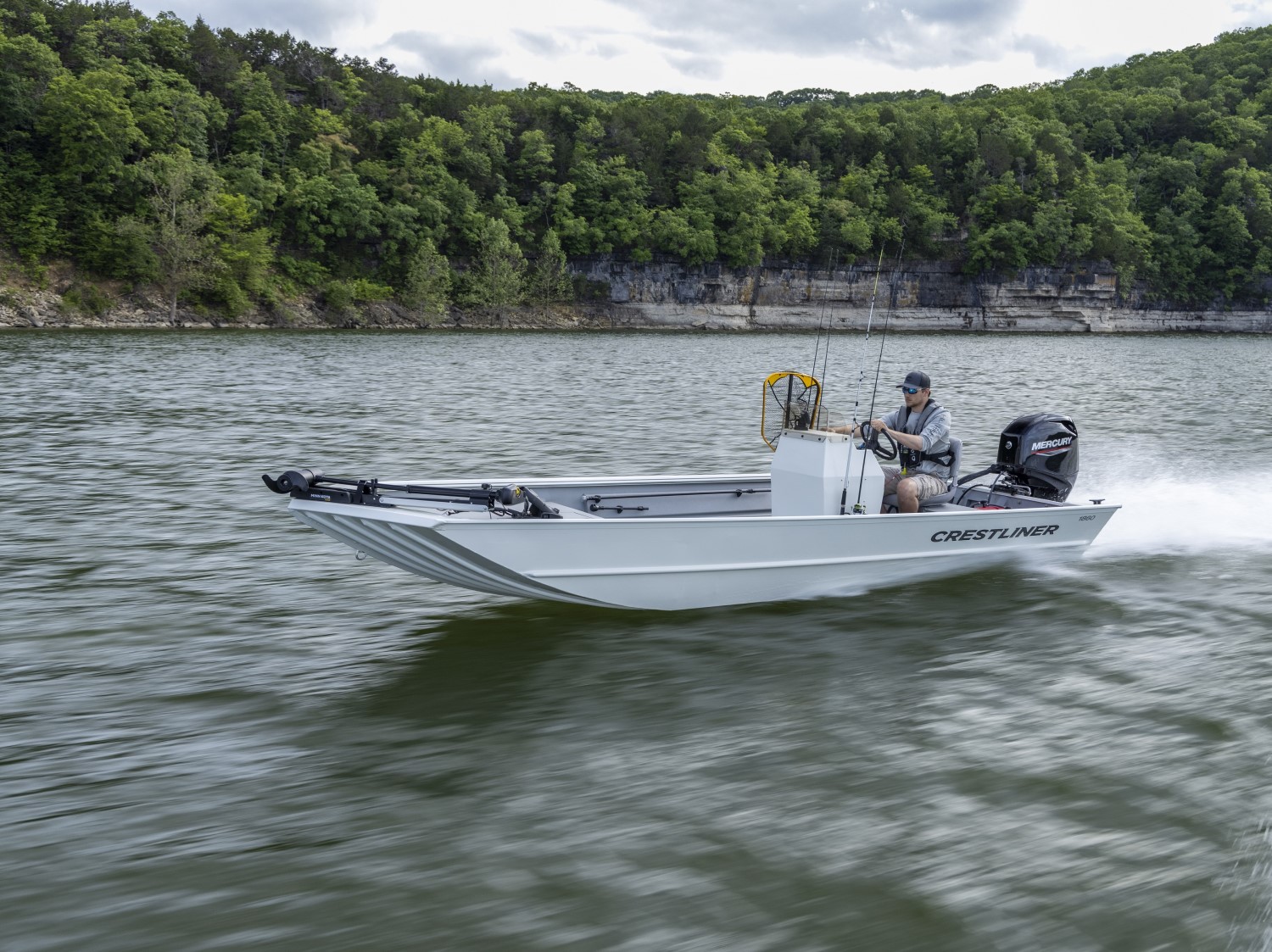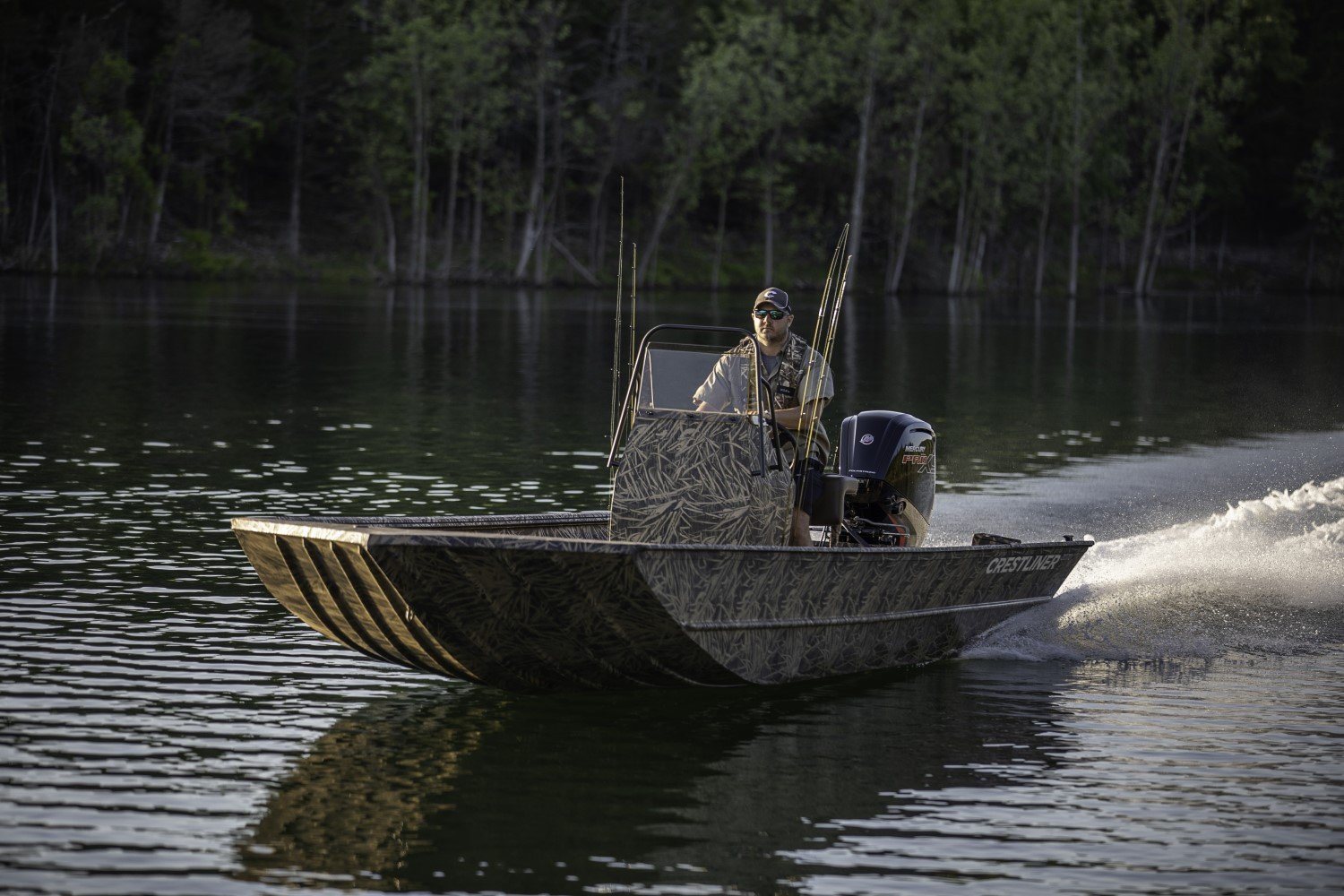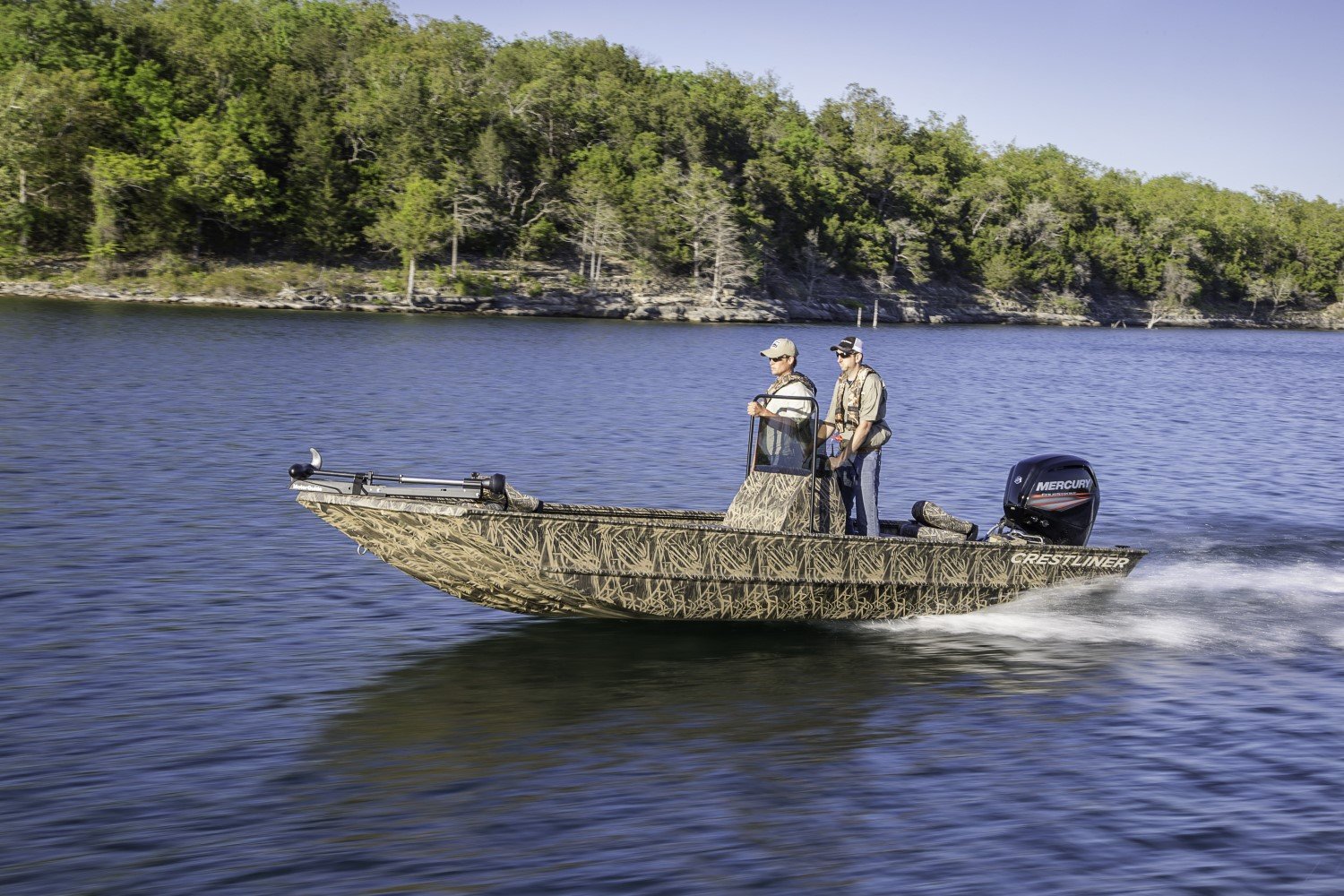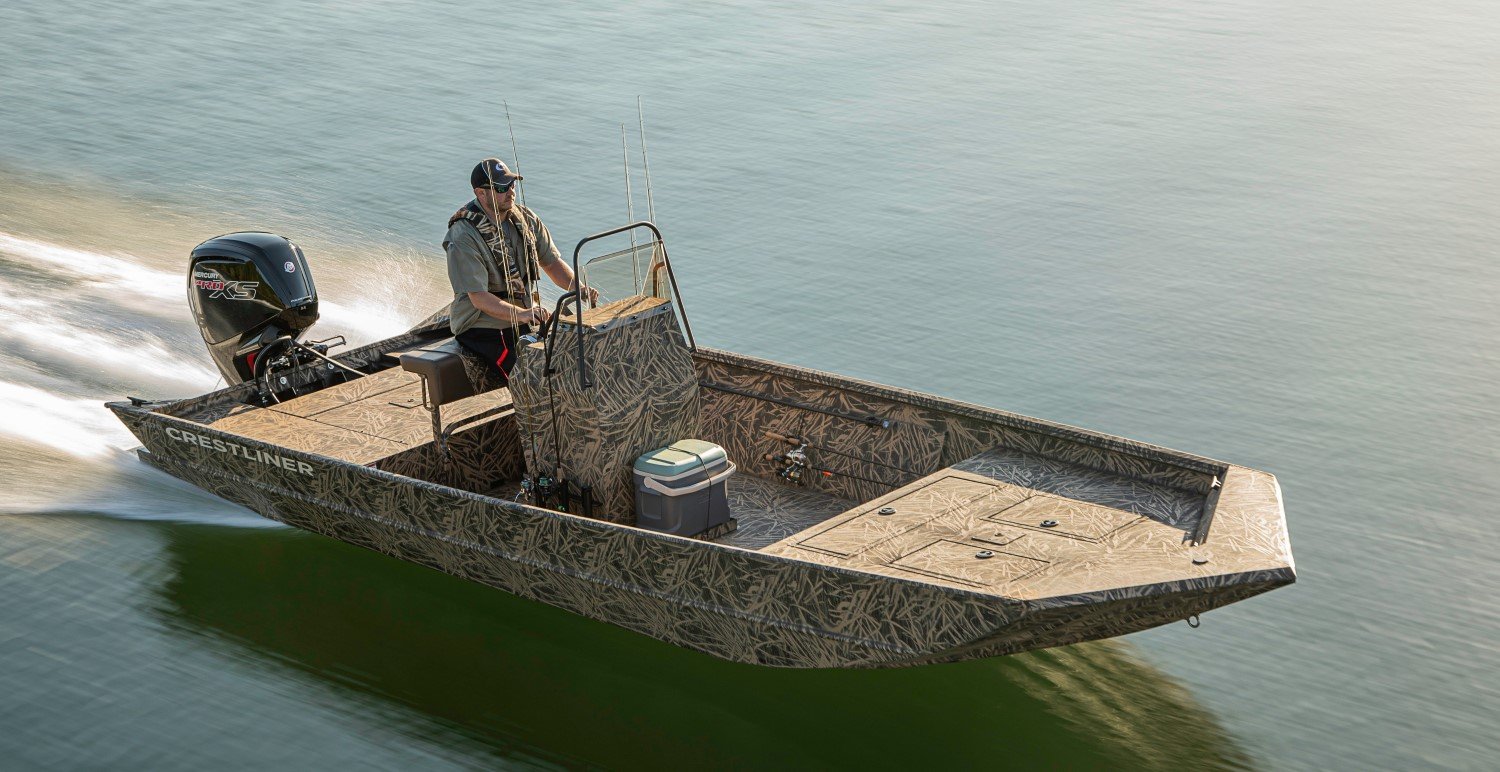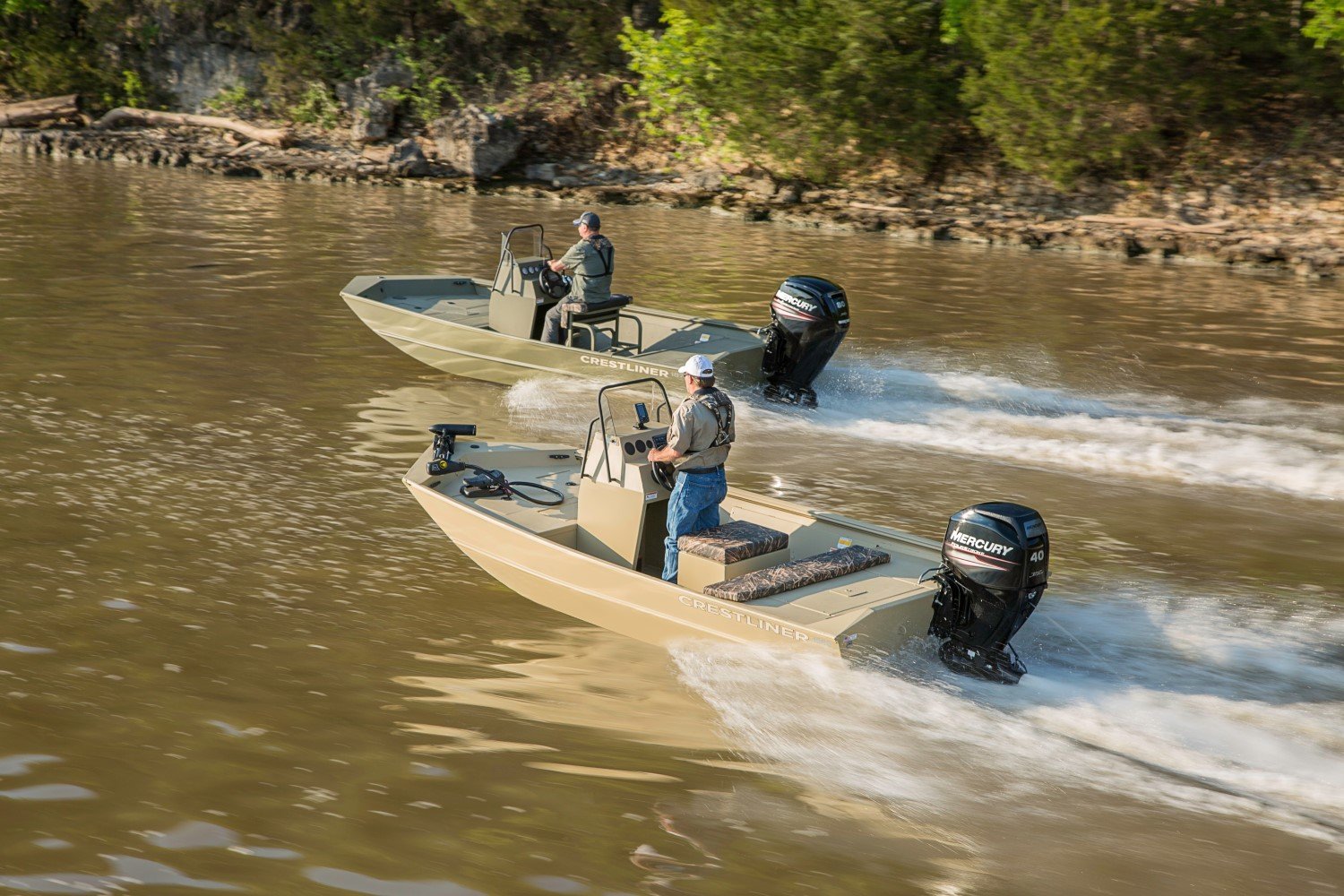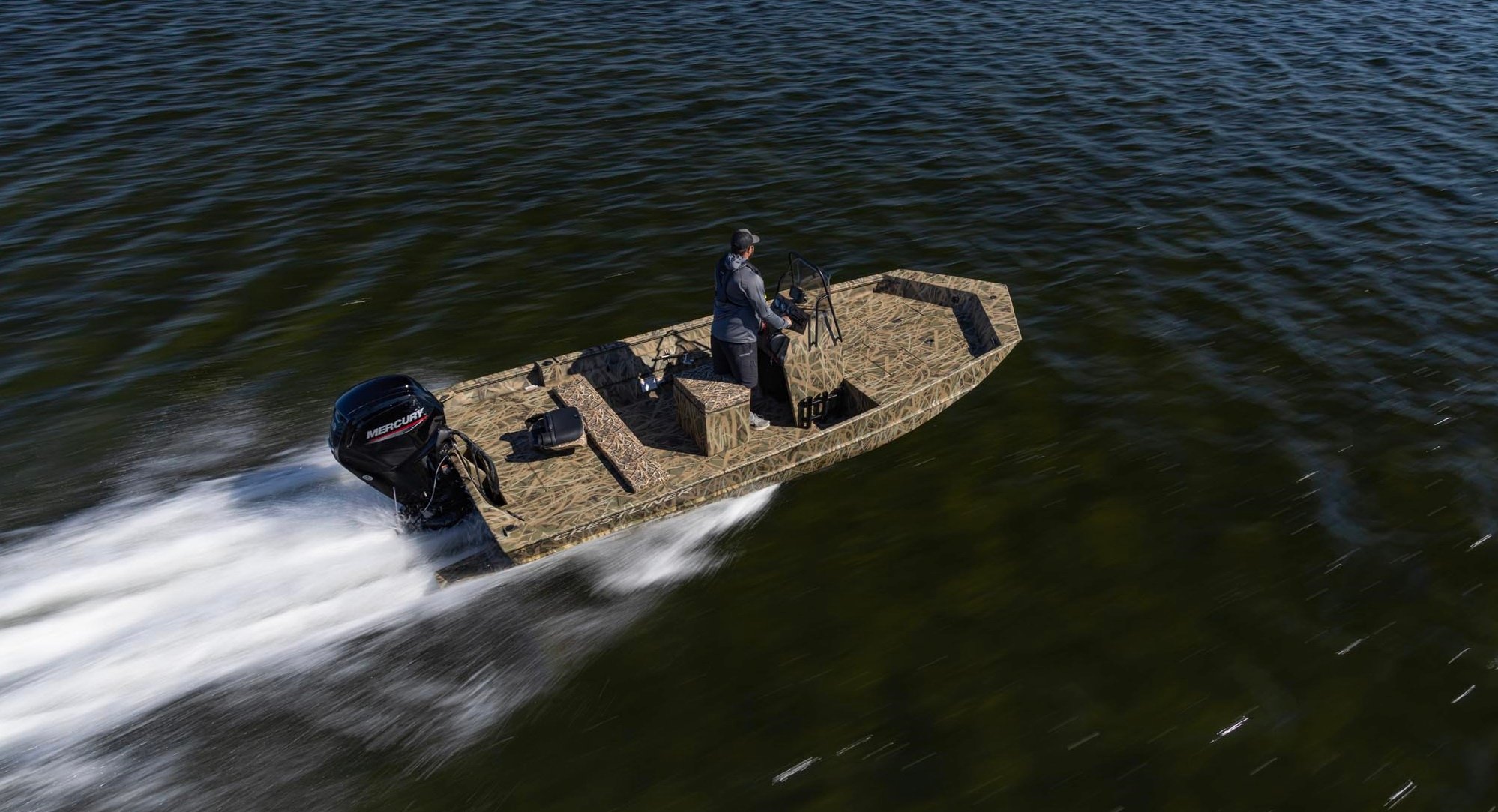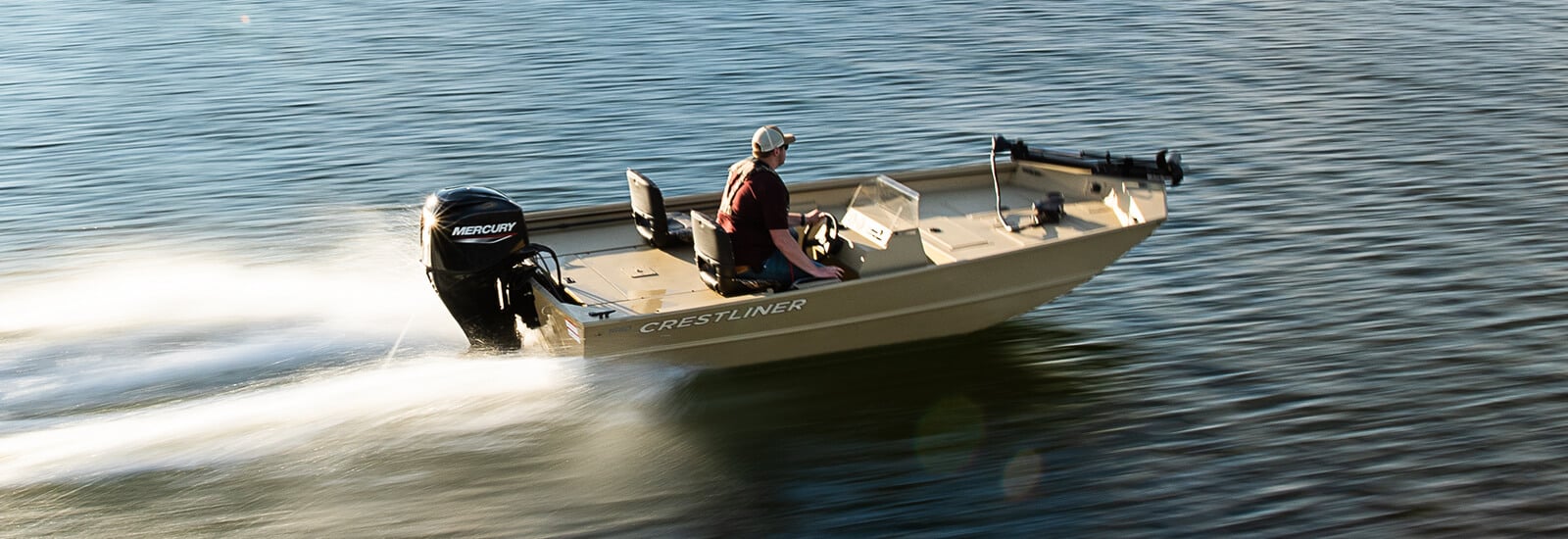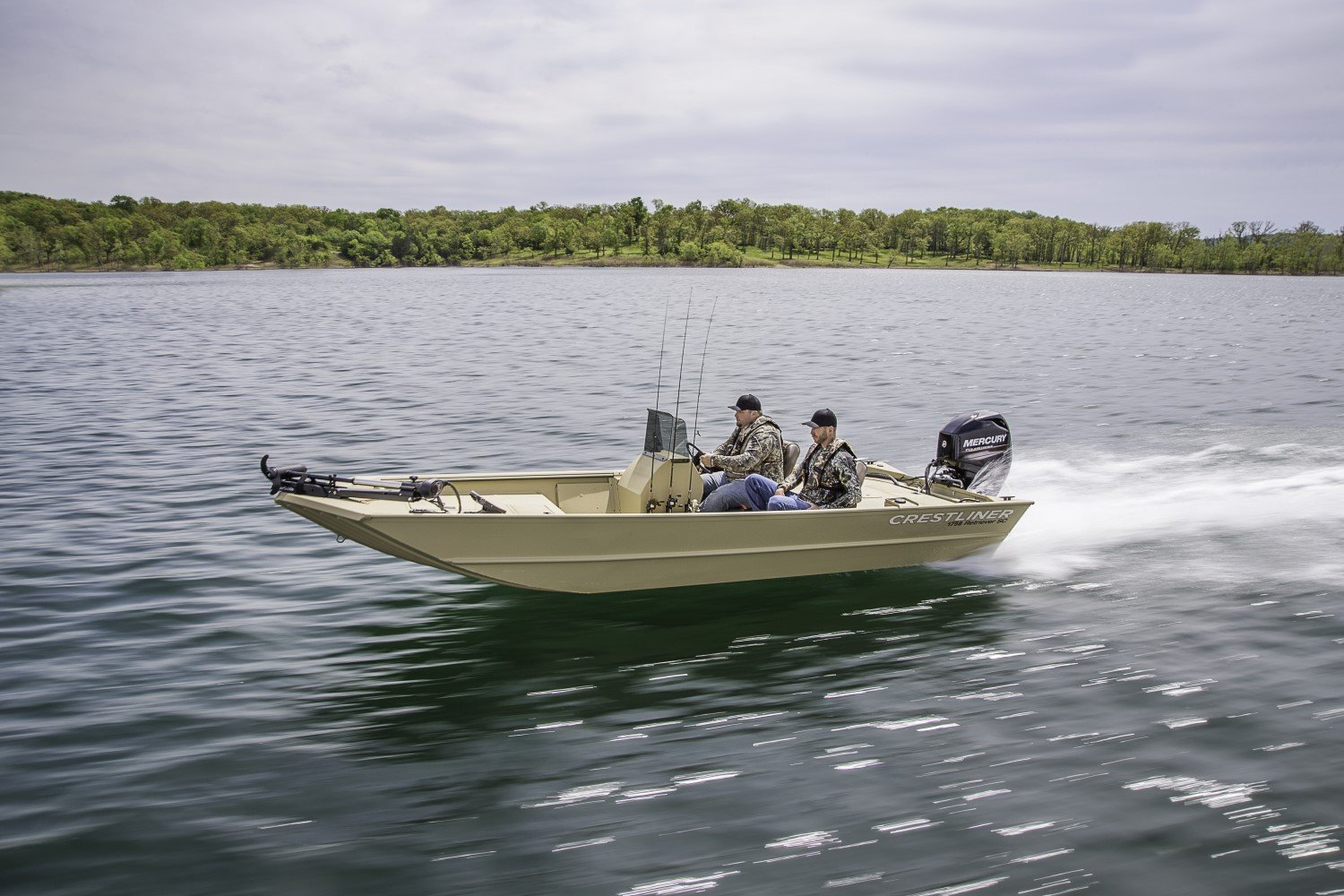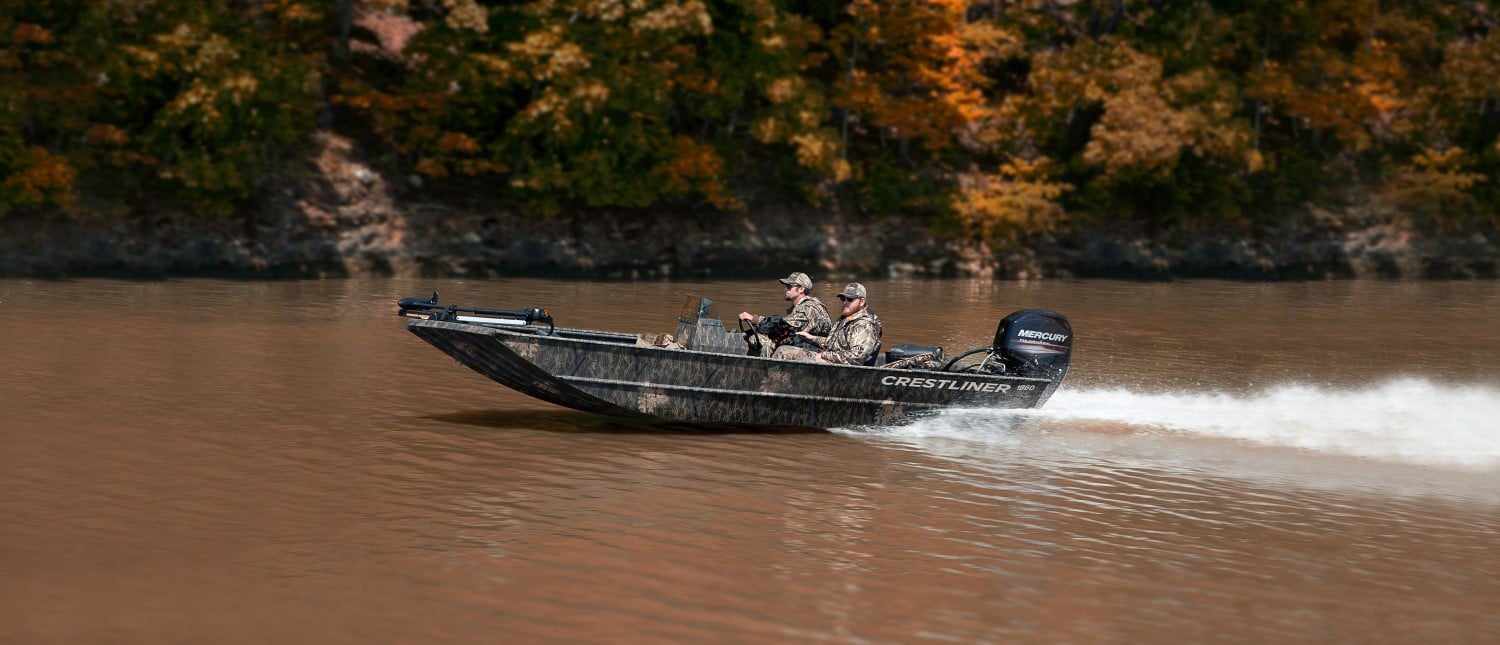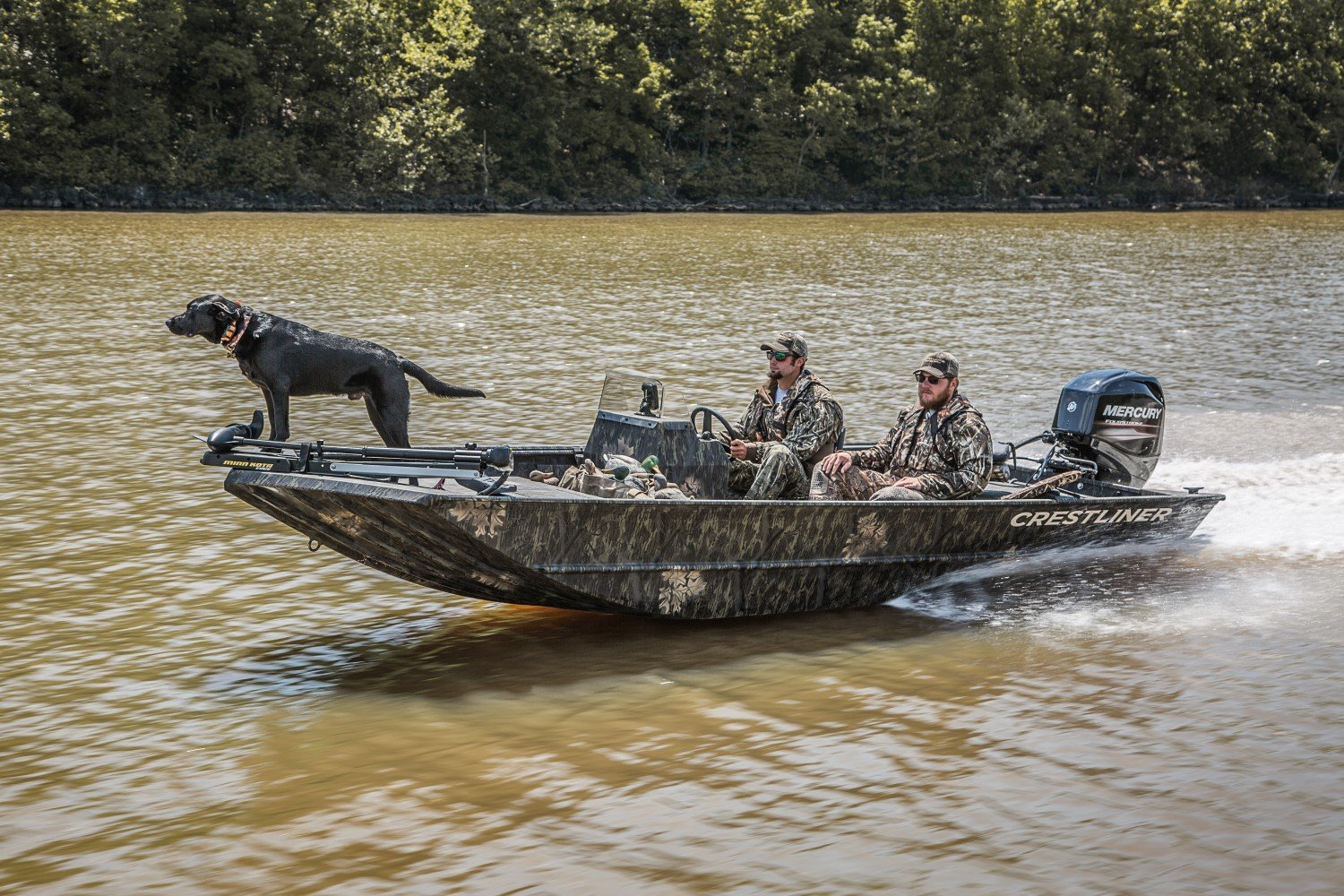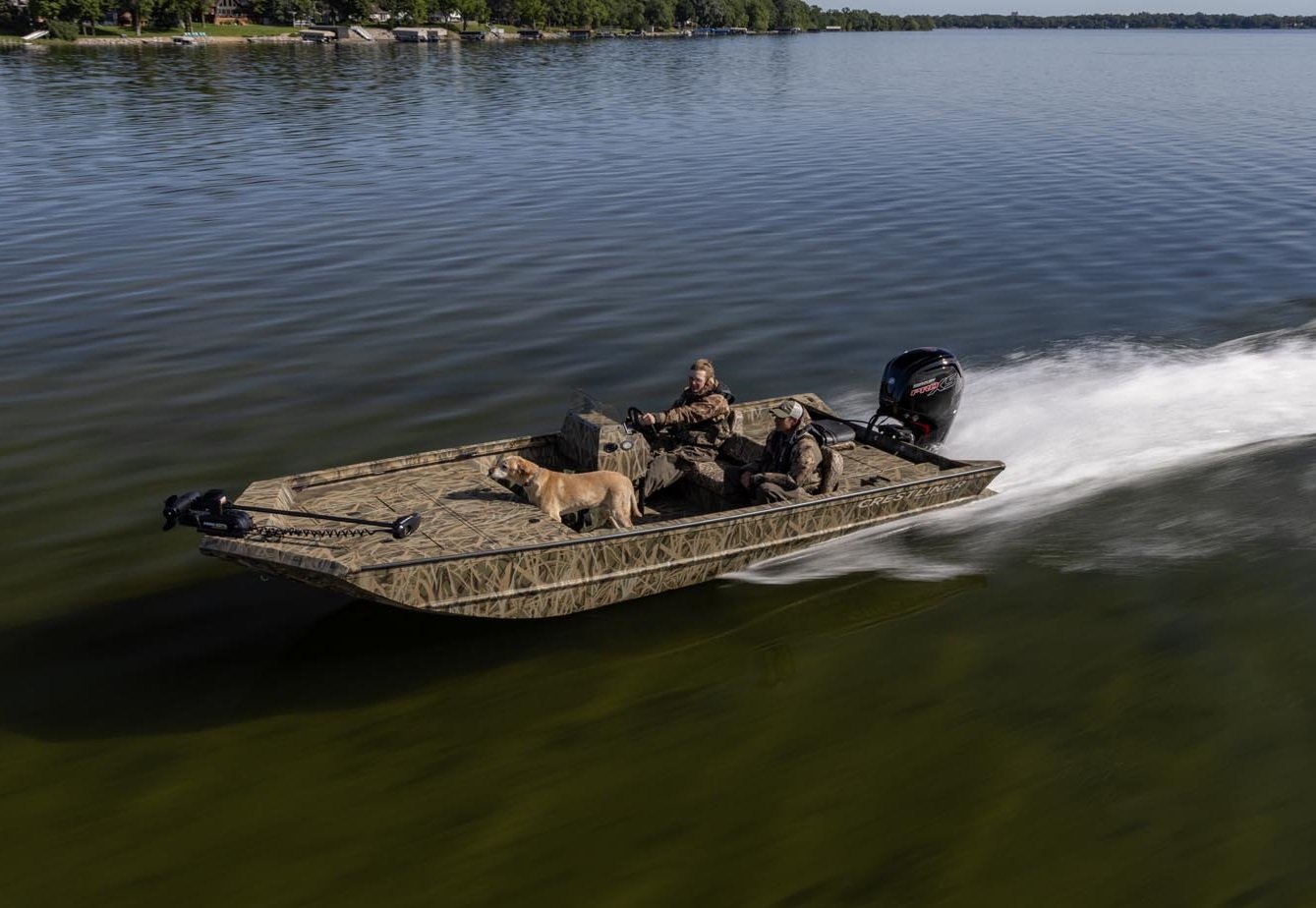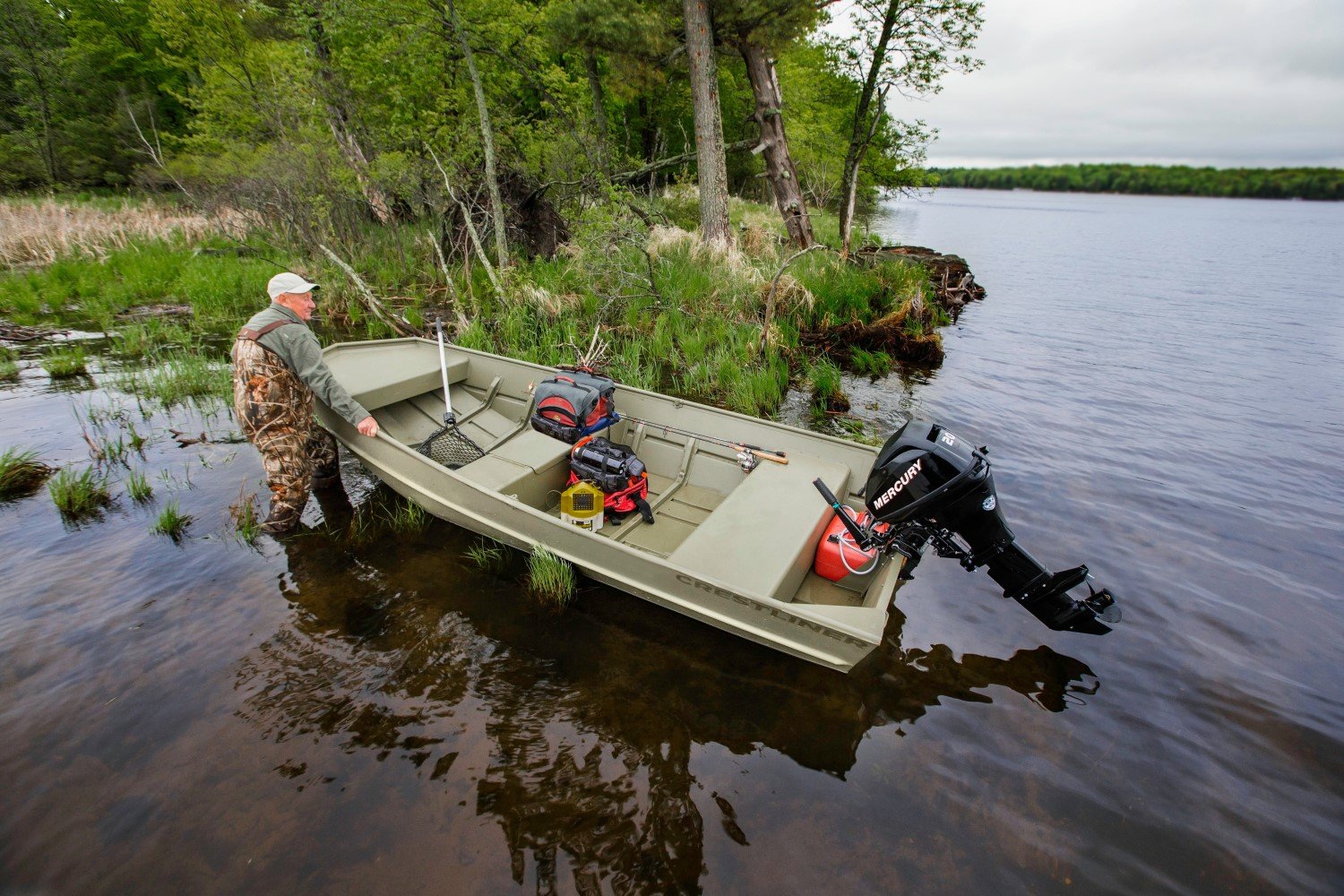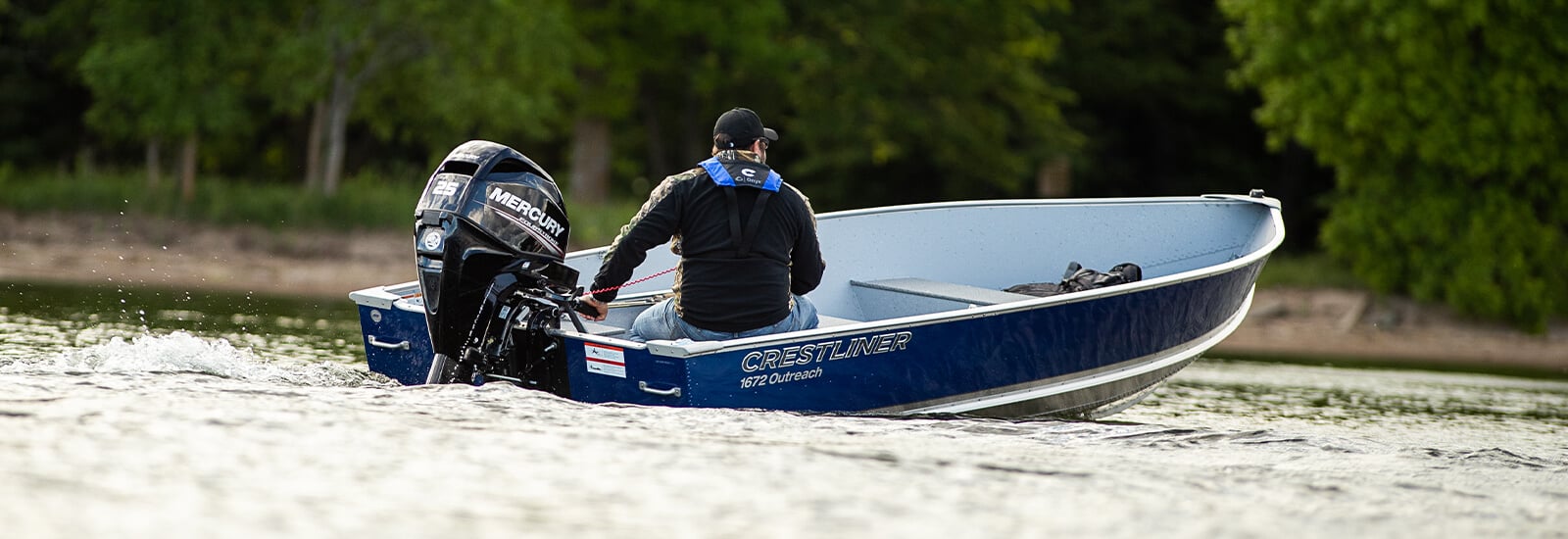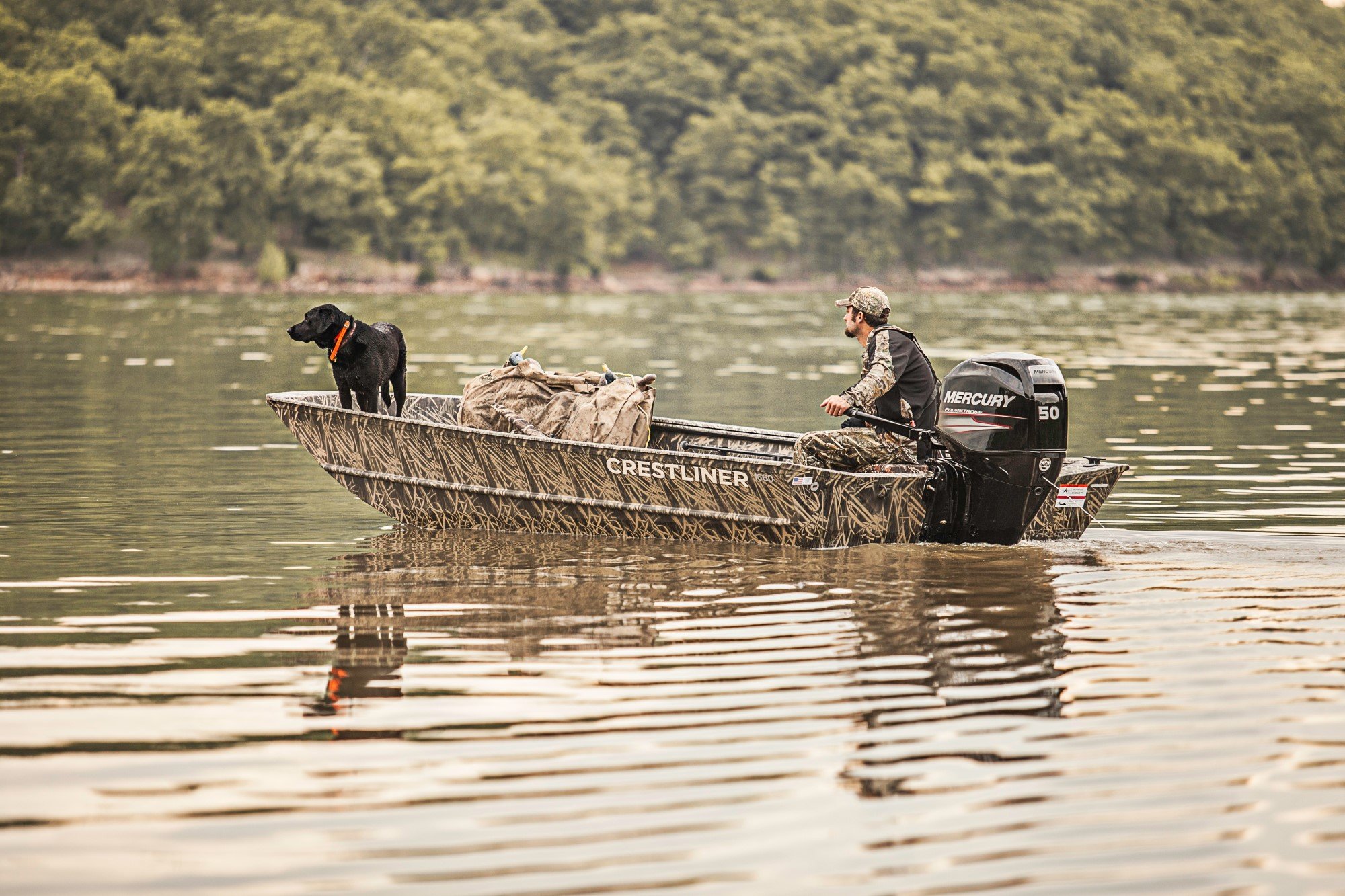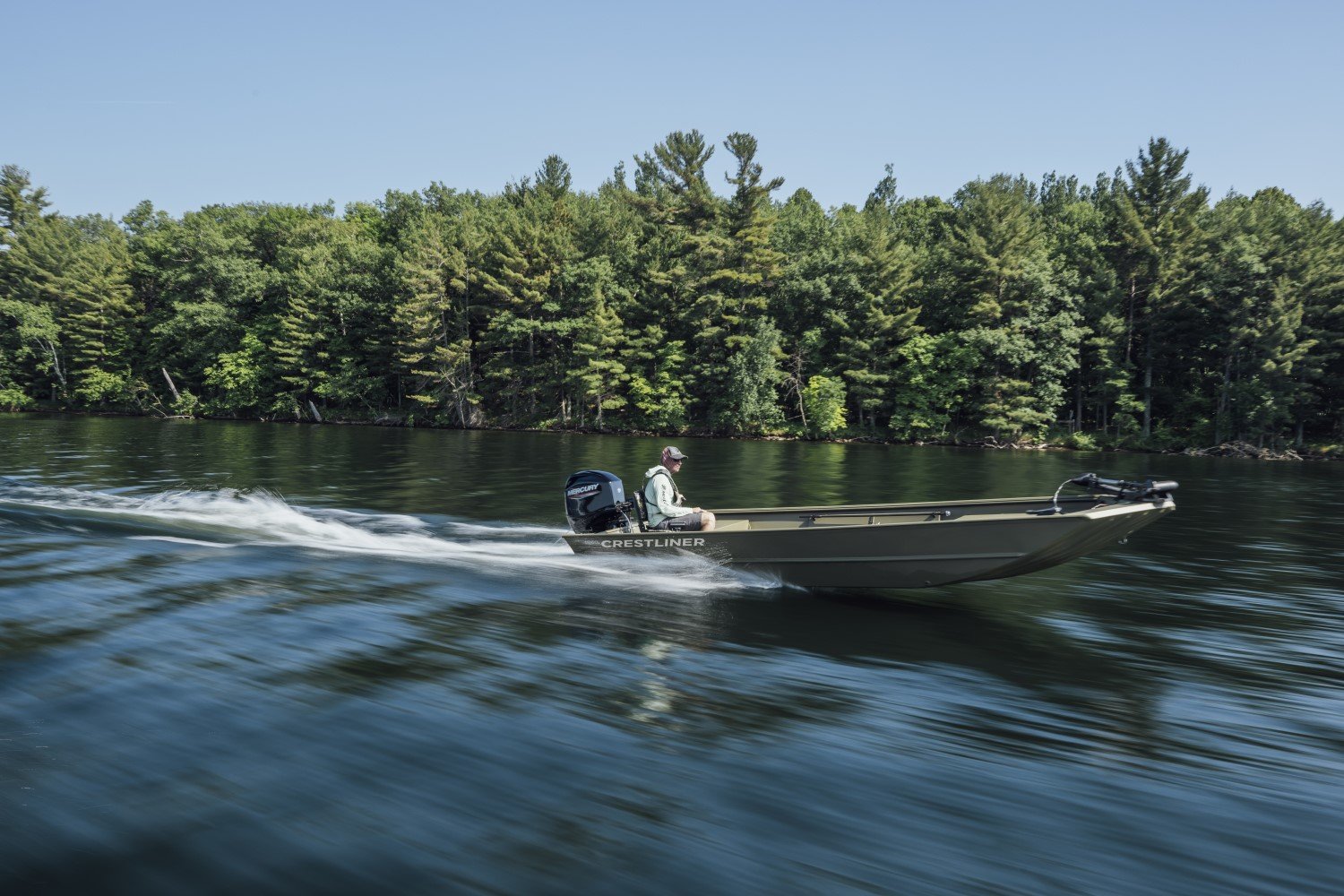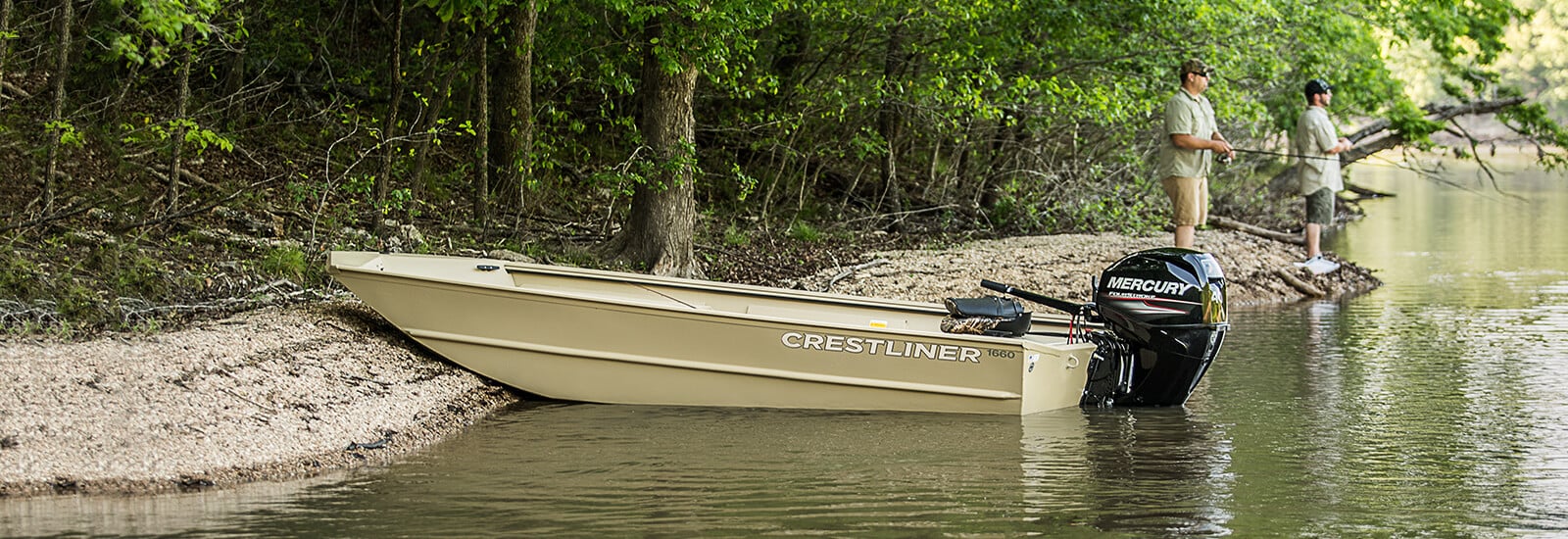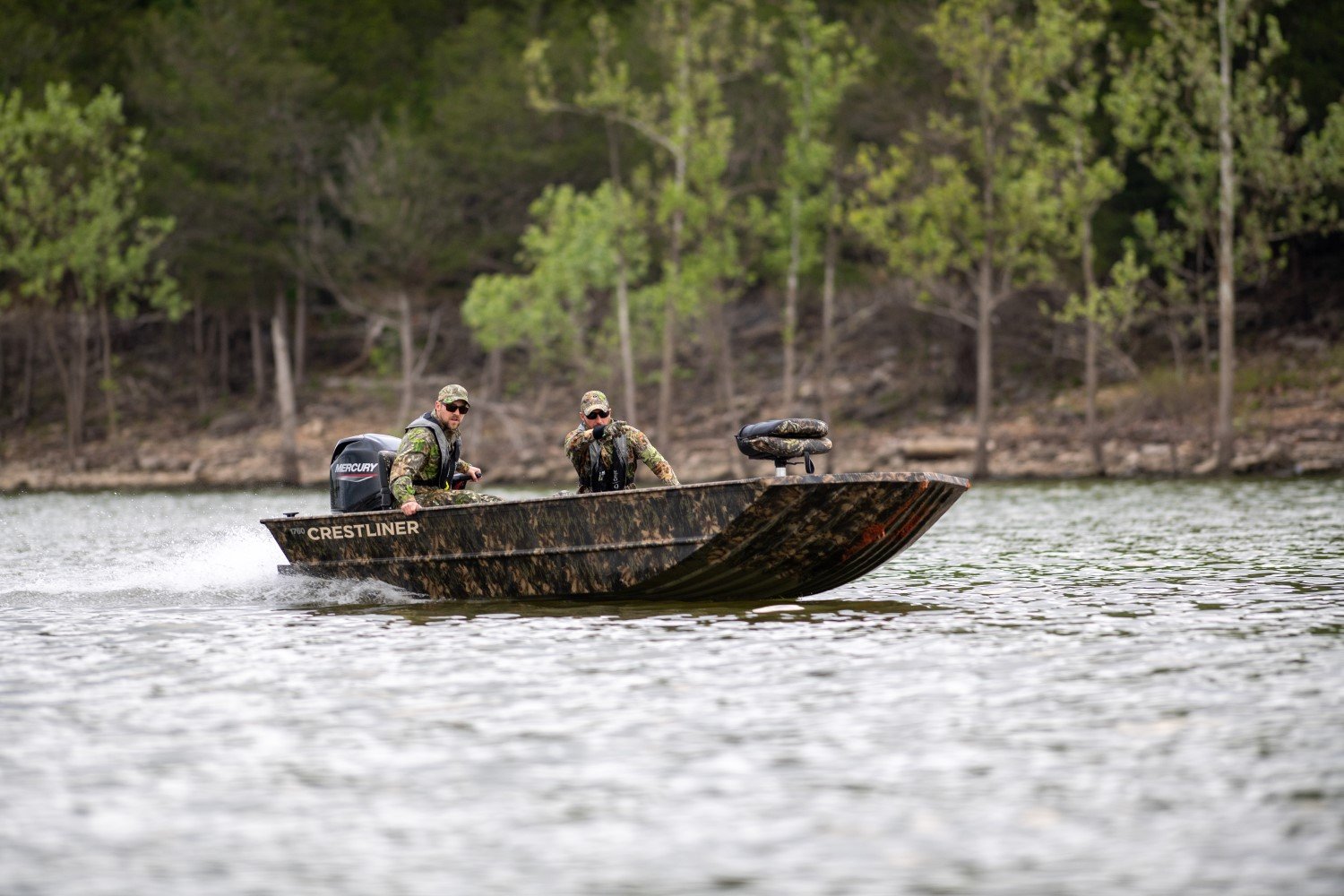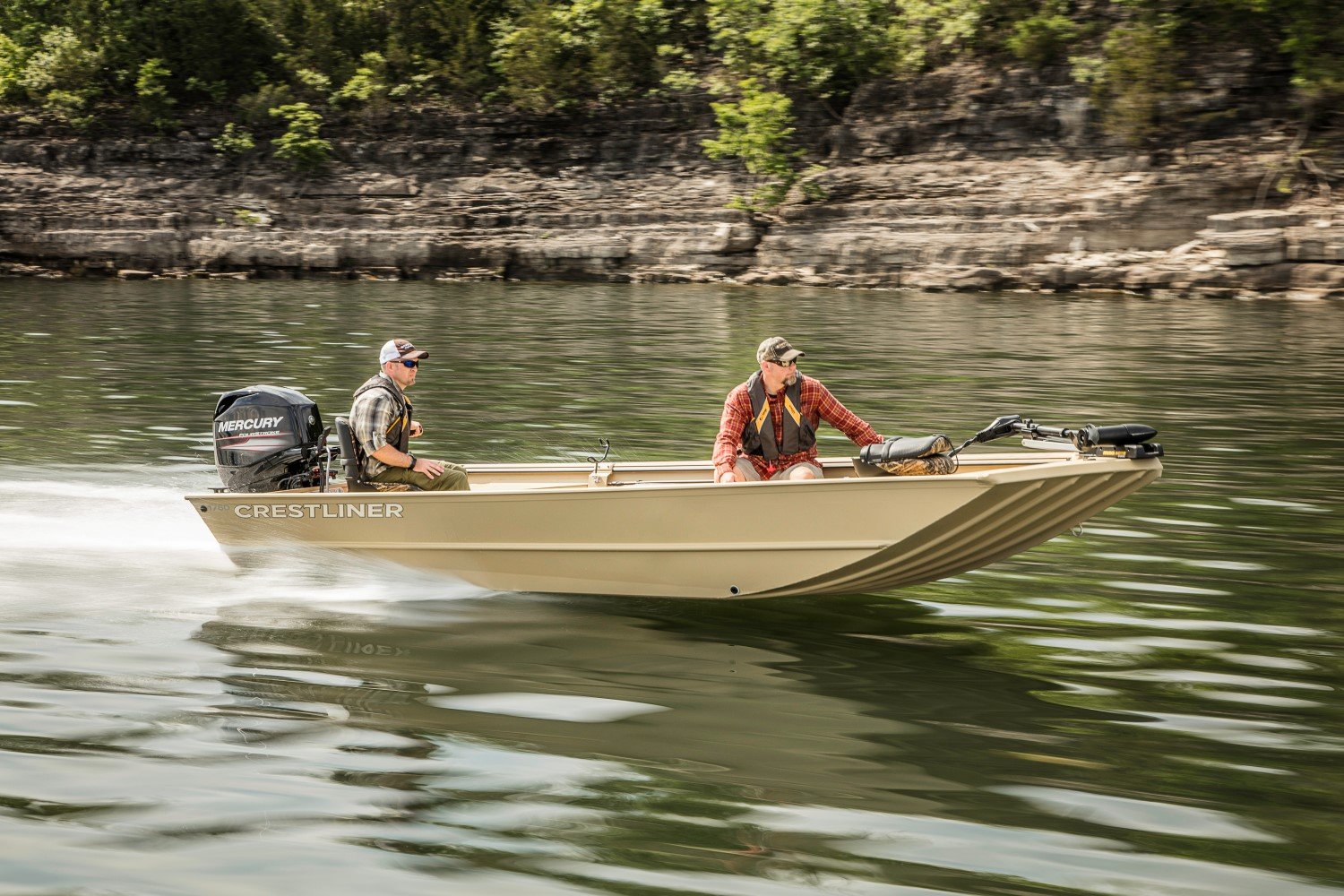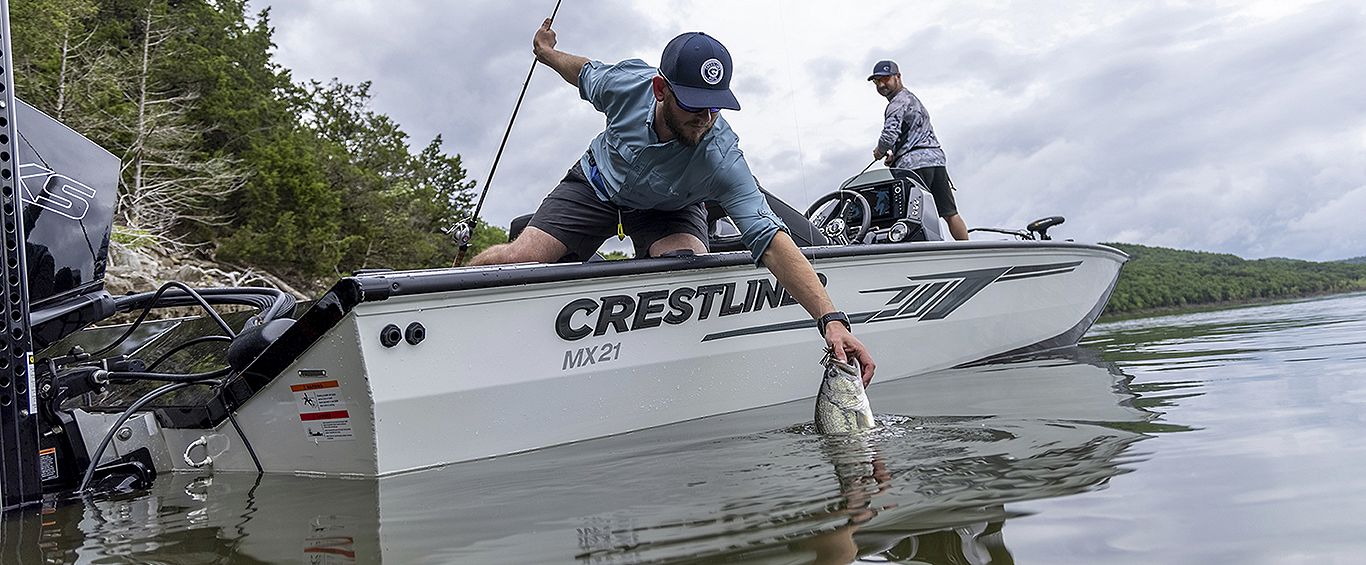Environmentally conscious anglers want to make sure the fish they release have the best chance at survival. These tips on how to catch and release a fish will help ensure they swim off as healthy as possible.
Catch and release fishing is great fun. Even if you’re fishing for dinner, you’re bound to encounter some undersized fish or catch an unexpected species that’s released back into the water. As responsible anglers, we can help the fish we release swim away unharmed.
How can you maximize catch and release fishing survival? Here are five tips to keep in mind.
Minimize the time your fish is out of the water
This means keeping it in the water during the de-hooking process whenever possible. And sure, we all want to hoist up that lunker and snap off a picture, but keep it as brief as possible. To gain a bit of perspective, try holding your breath the next time you land a fish and continue holding it until the fish swims off.
Handle the fish gently and only when necessary
De-hooker tools, which allow you to un-hook the fish without touching it, are great (though they only work on certain species and with certain gear). When you do have to touch the fish, remember to wet your hands first, so you don’t remove the fish’s protective coating of slime. Avoid grabbing fish around the body, never squeeze a fish tightly, and lip those that can be lipped. Toothy fish that can’t be lipped can usually be held with a “lip gripper” device.
Only use “conservation friendly” landing nets
To avoid scraping off the fish’s slime or dislodging its scales, use knotless rubberized mesh as opposed to knotted nylon. These catch and release fishing nets have a flat bottom in the bag to support the fish from head to tail. Added bonus: This style of net also reduces tangles and snags with your hooks and line.
Stop using treble hooks
These can cause a lot of damage and make de-hooking very difficult when multiple barbs have pierced the fish at the same time. Fortunately, there are plenty of “inline” single hooks, which are better catch-and-release fishing hooks than trebles. They’re designed specifically to replace trebles, and while they may cause a slight reduction in your strike-to-hookup ratio, many anglers who use them say they can barely tell the difference.
Take the time to revive fish that are struggling
Especially after a long fight, a fish may be so exhausted it can’t breathe on its own. You can give it a blast of oxygen by holding it with its mouth open next to the boat and slowly pulling it through the water in figure-eights.
As anglers, we’re stewards of the fish living in our lakes, streams, rivers and bays, so the next time you go fishing, make sure to employ these five tips for catching and releasing fish. Not only will the fish appreciate your efforts, but we’ll all have a lot more fish to catch.

